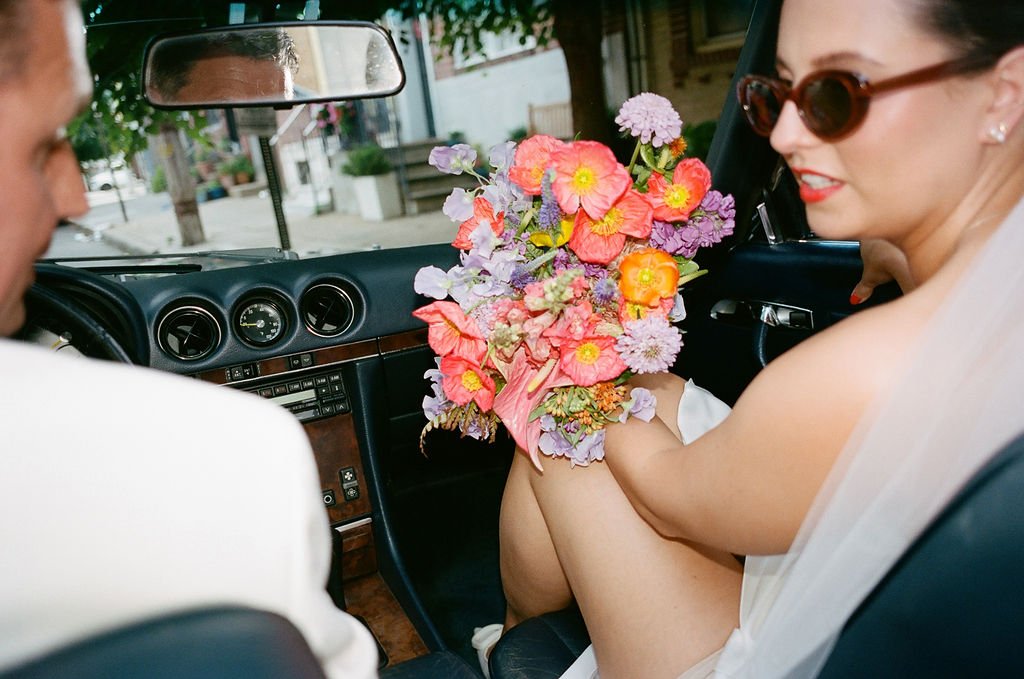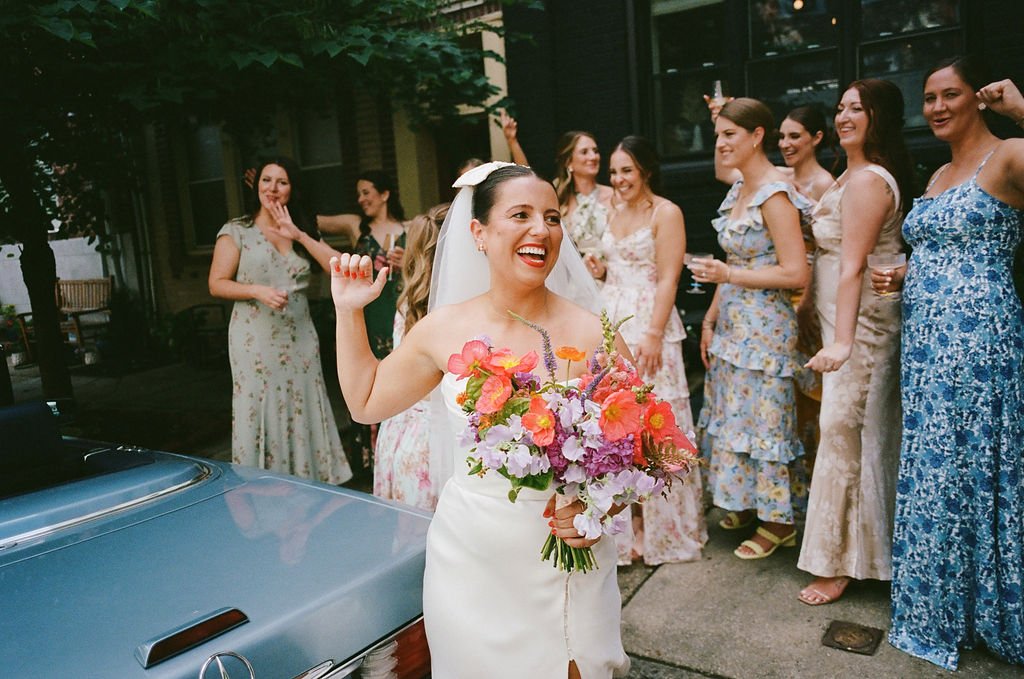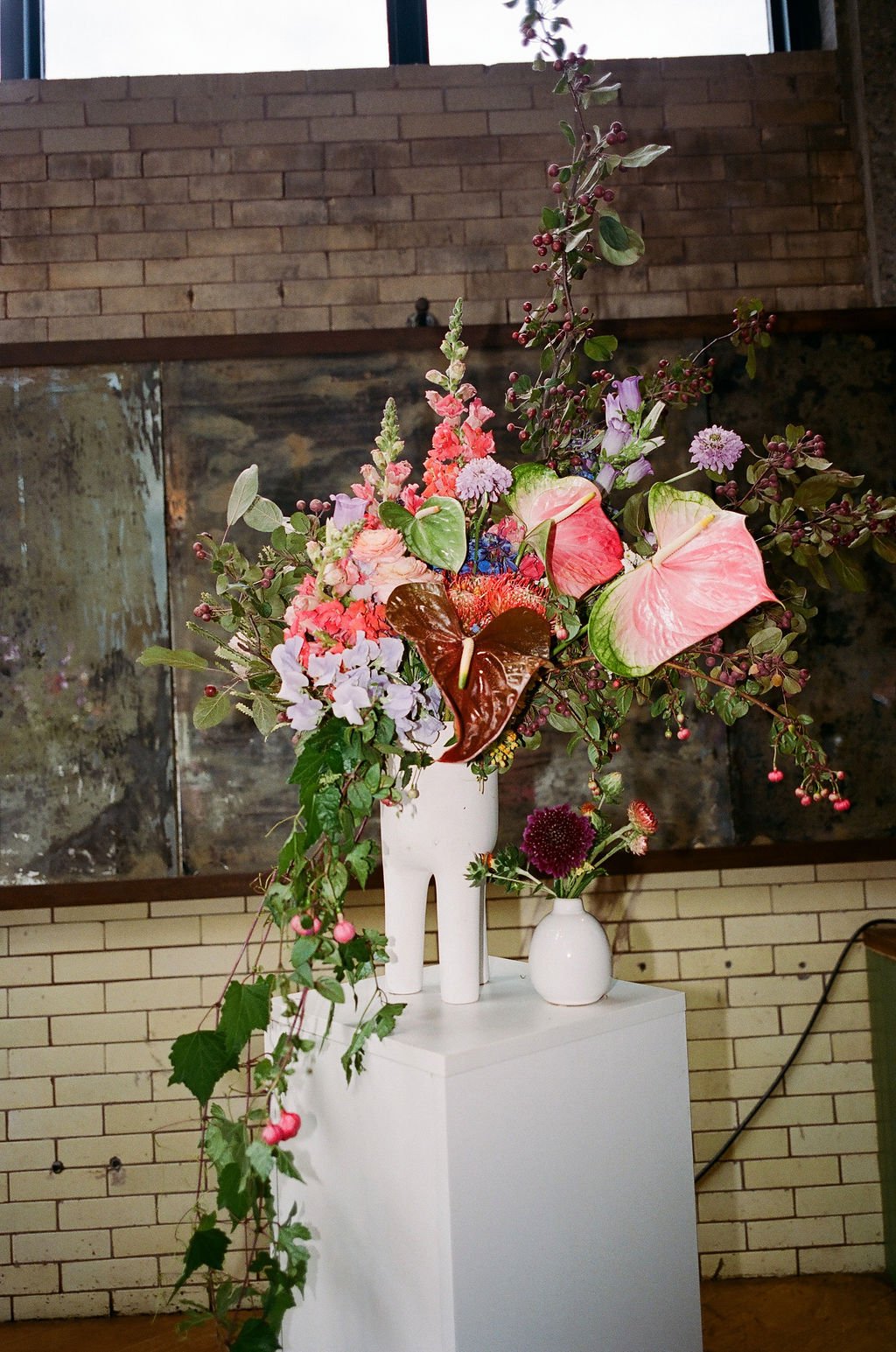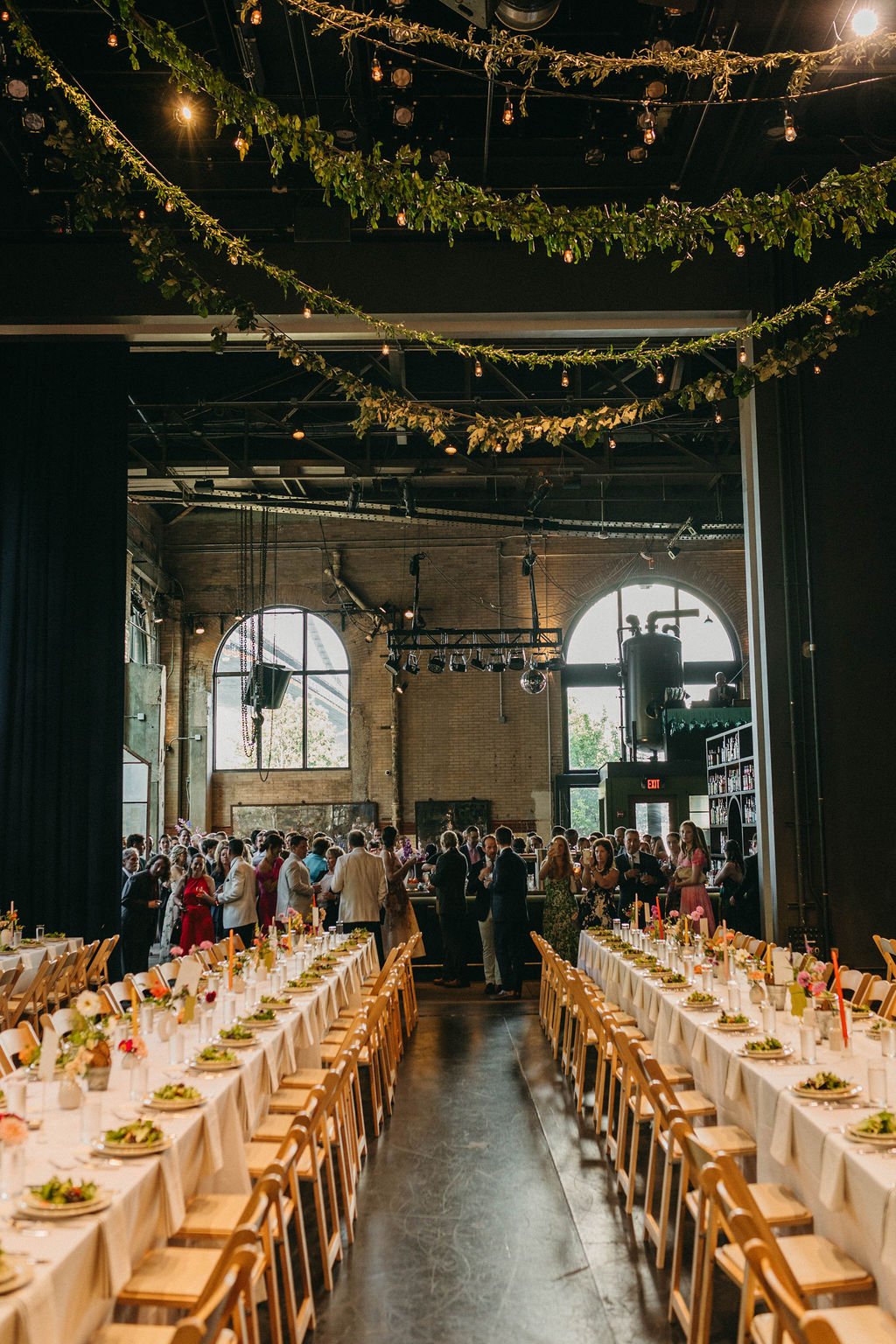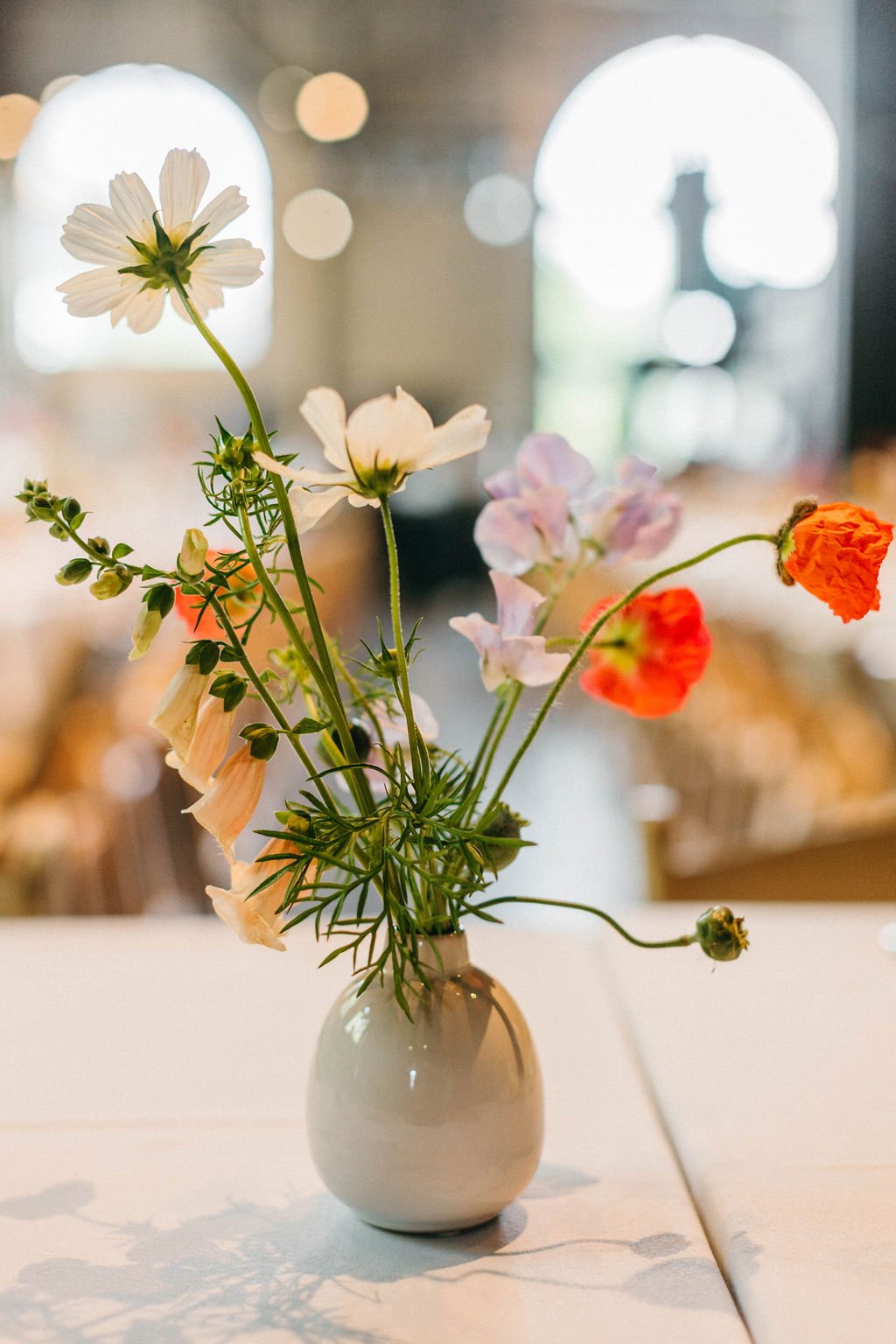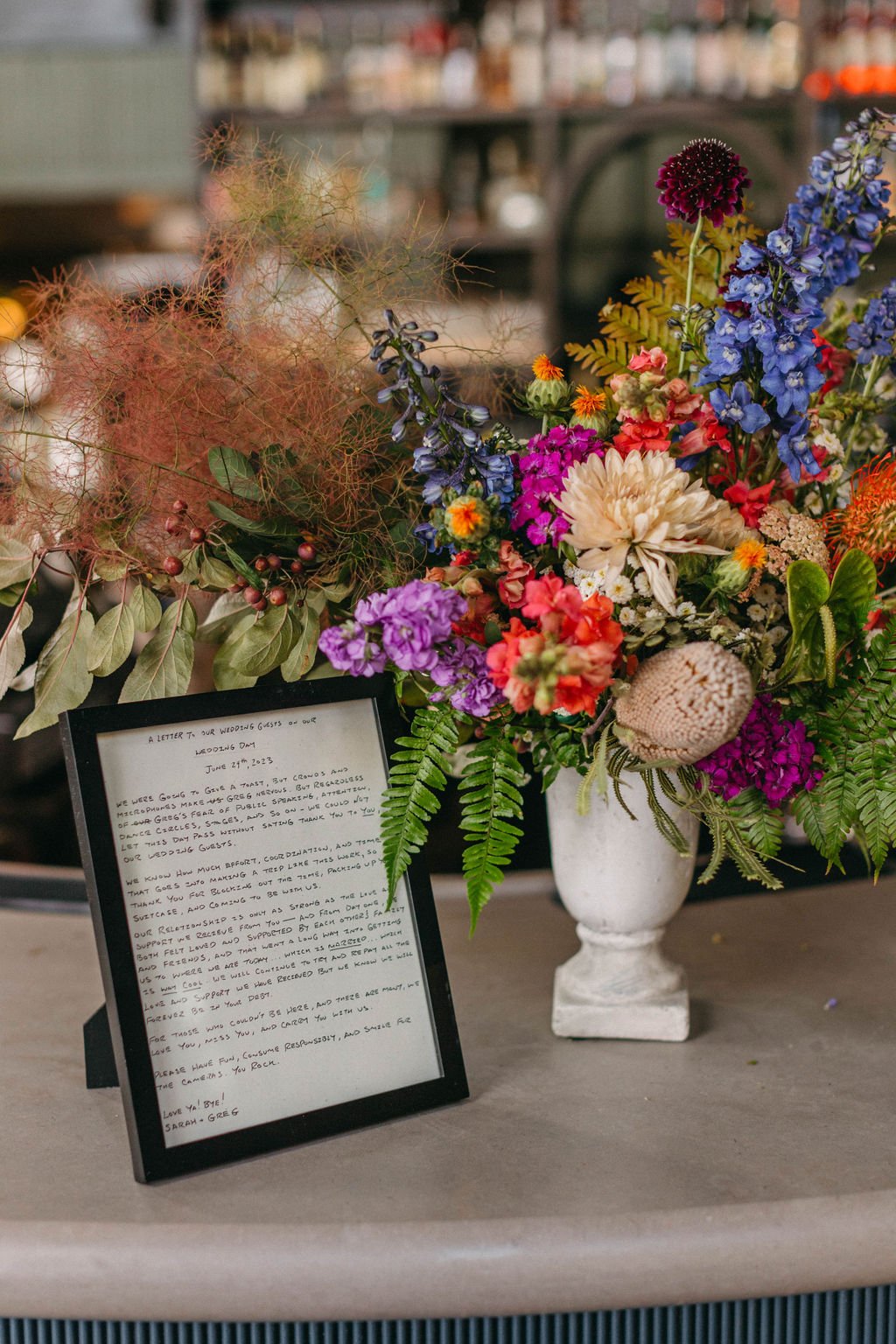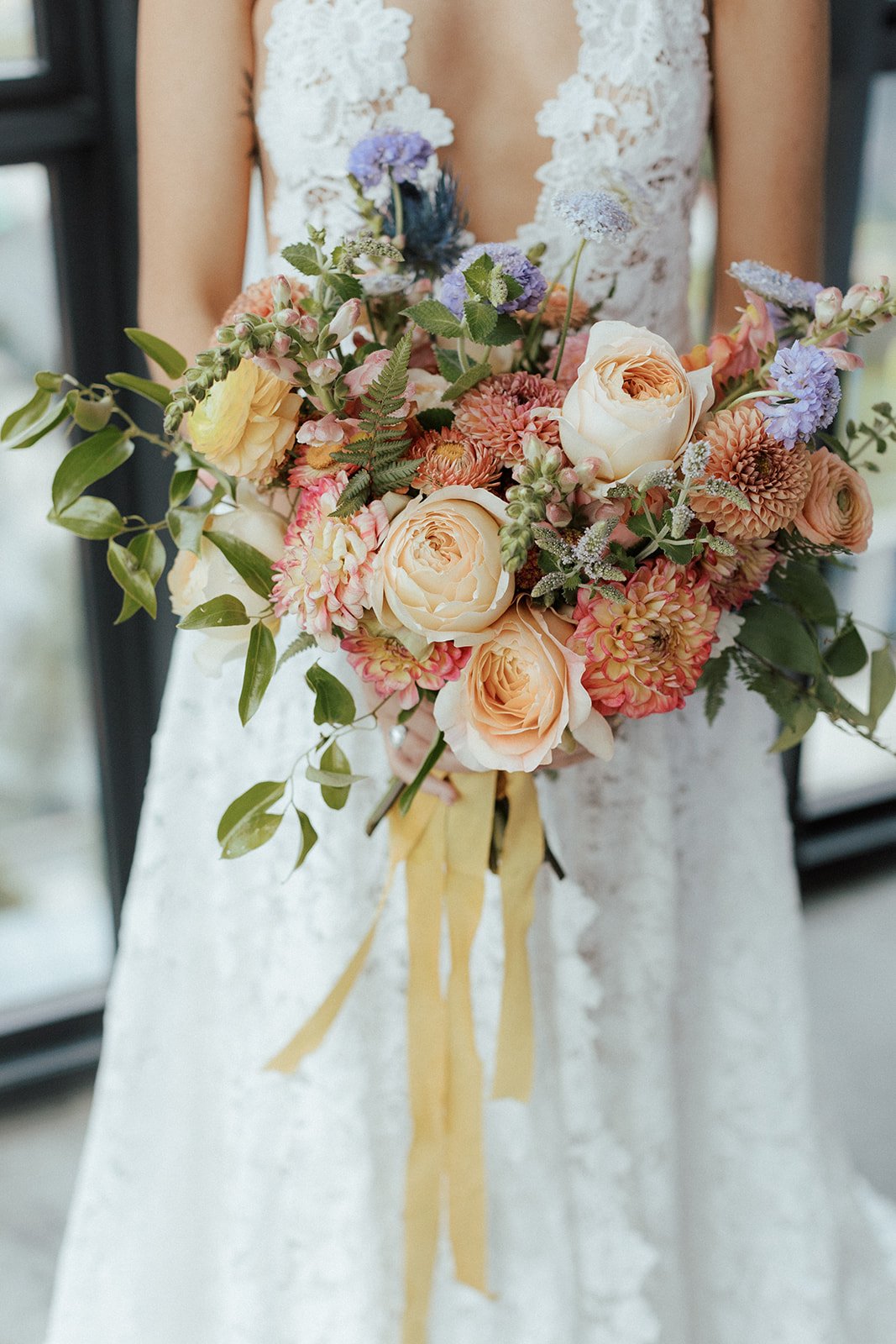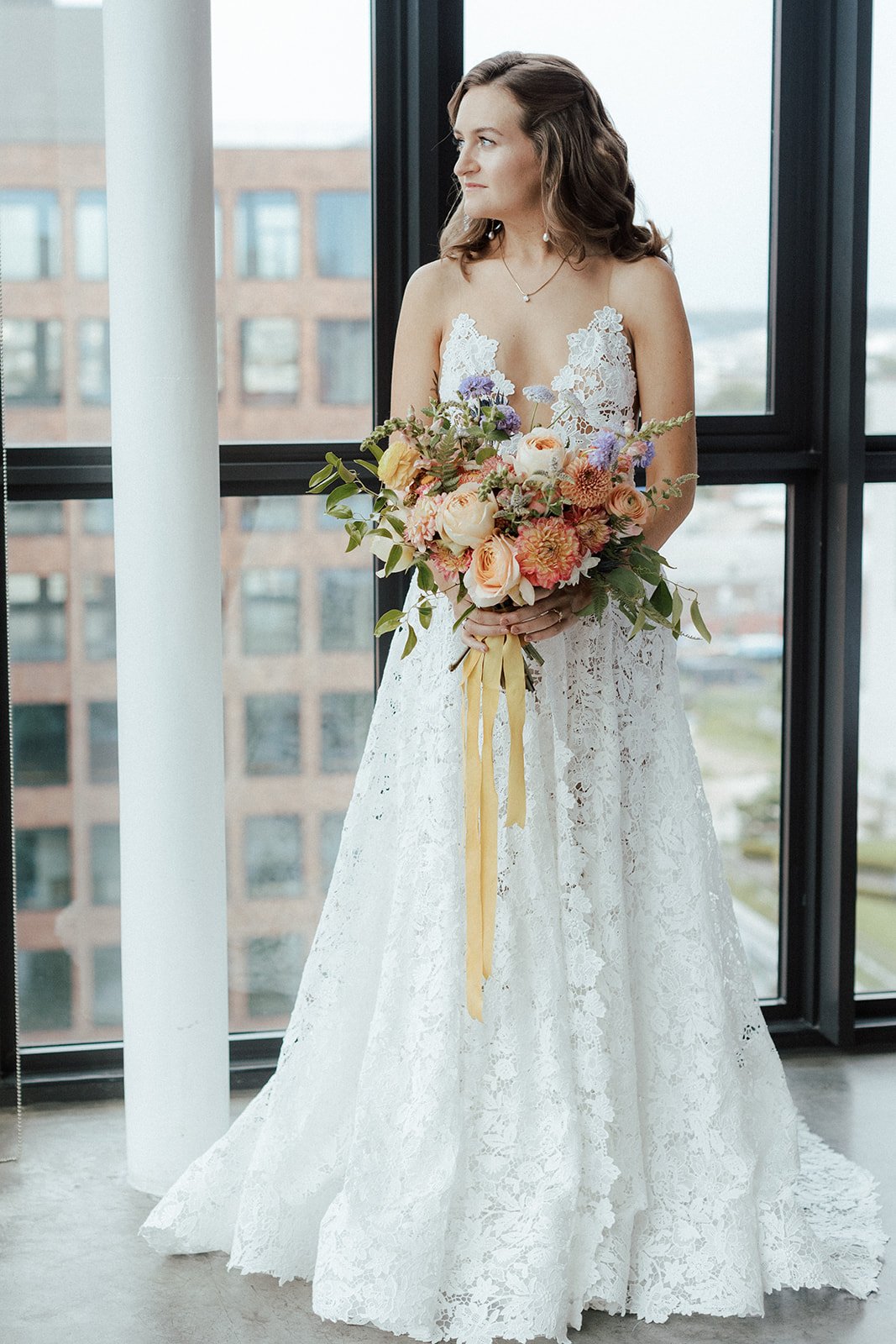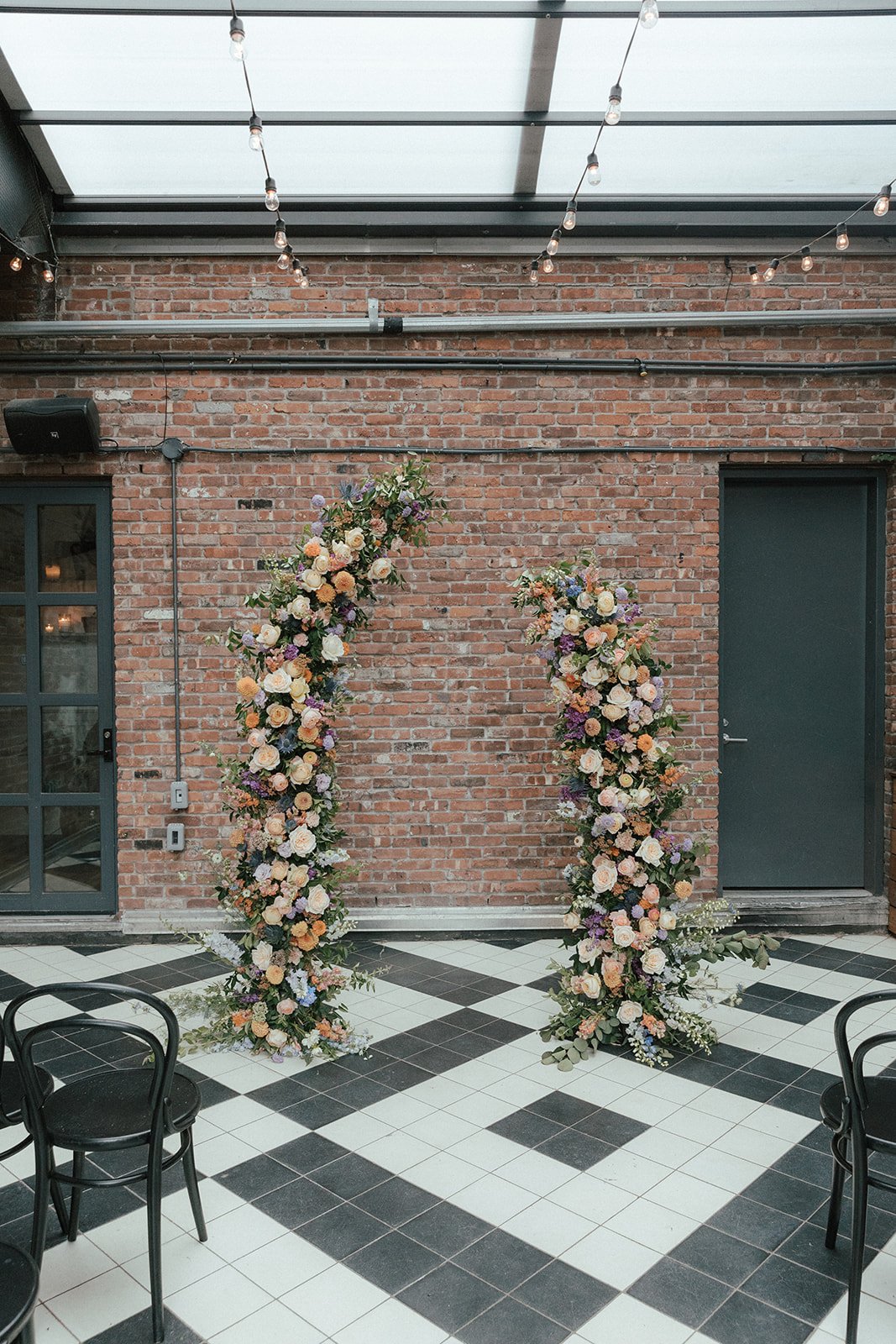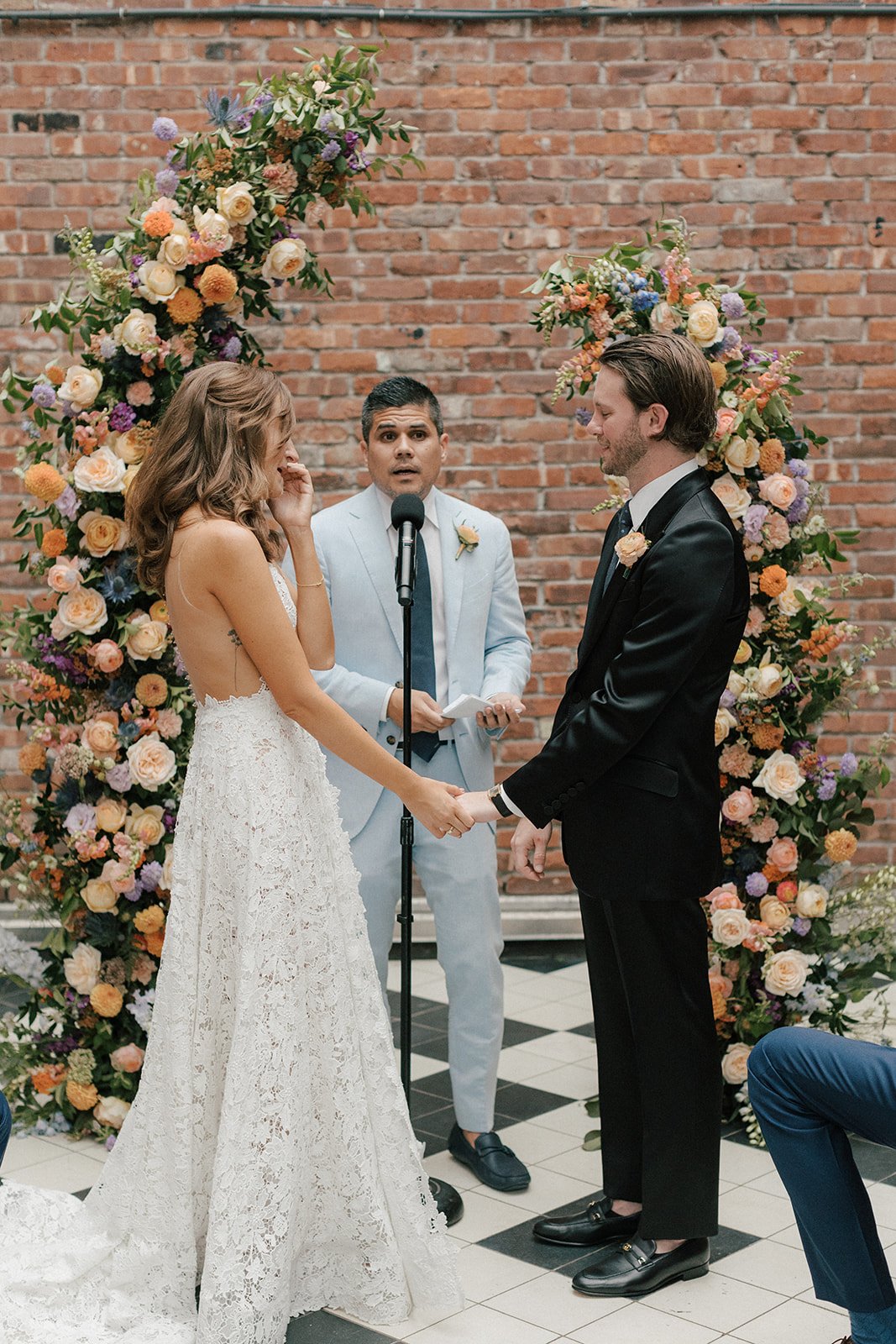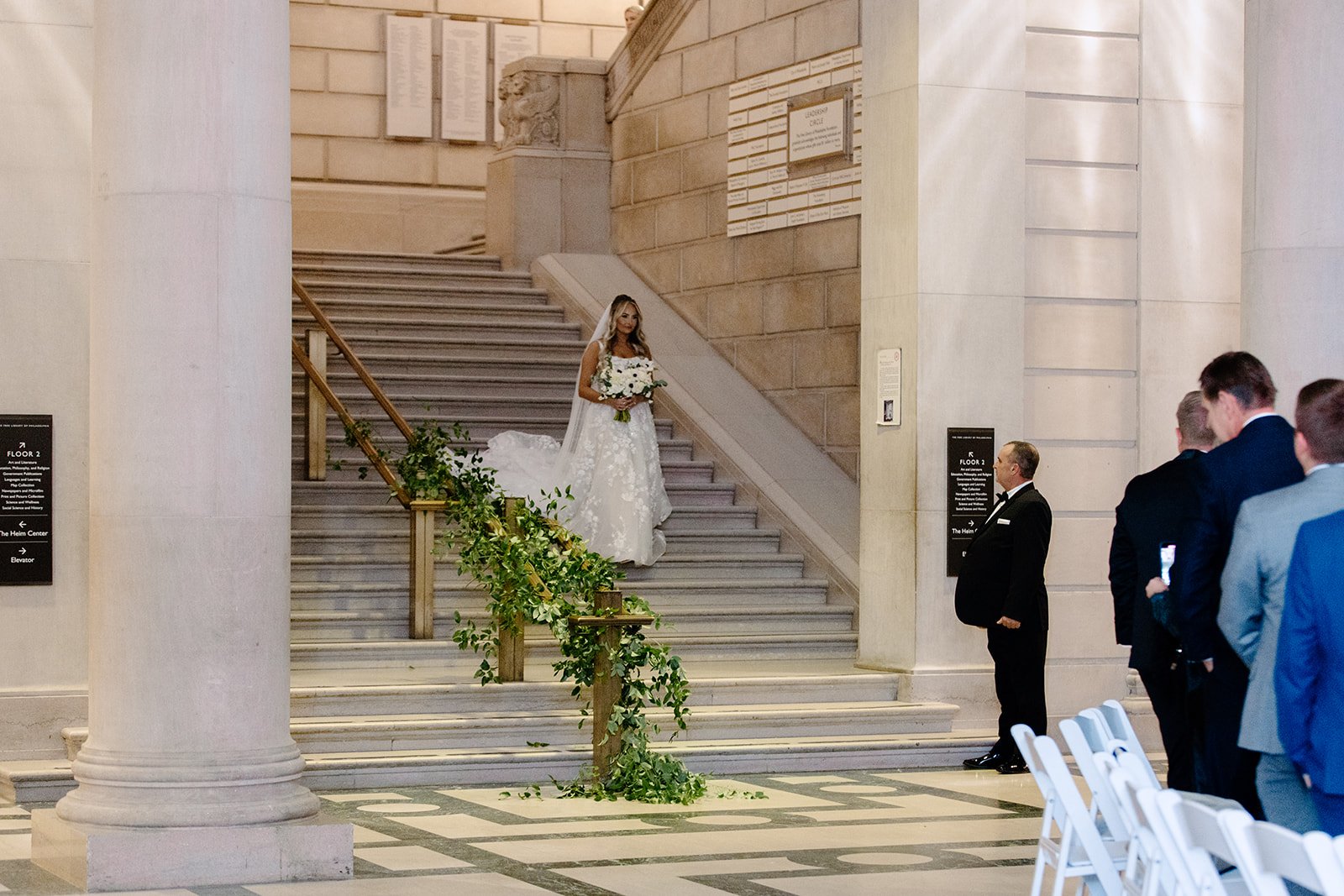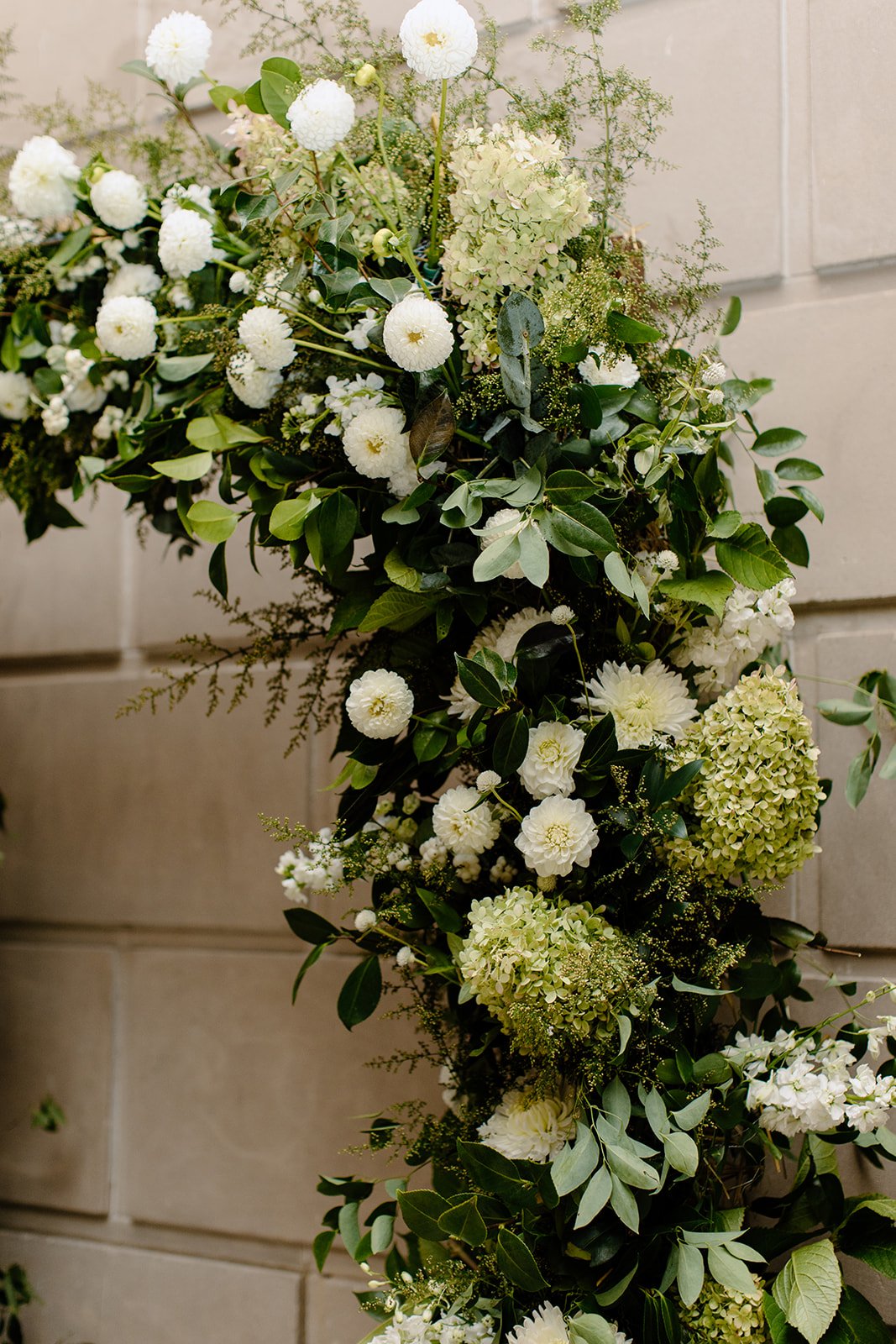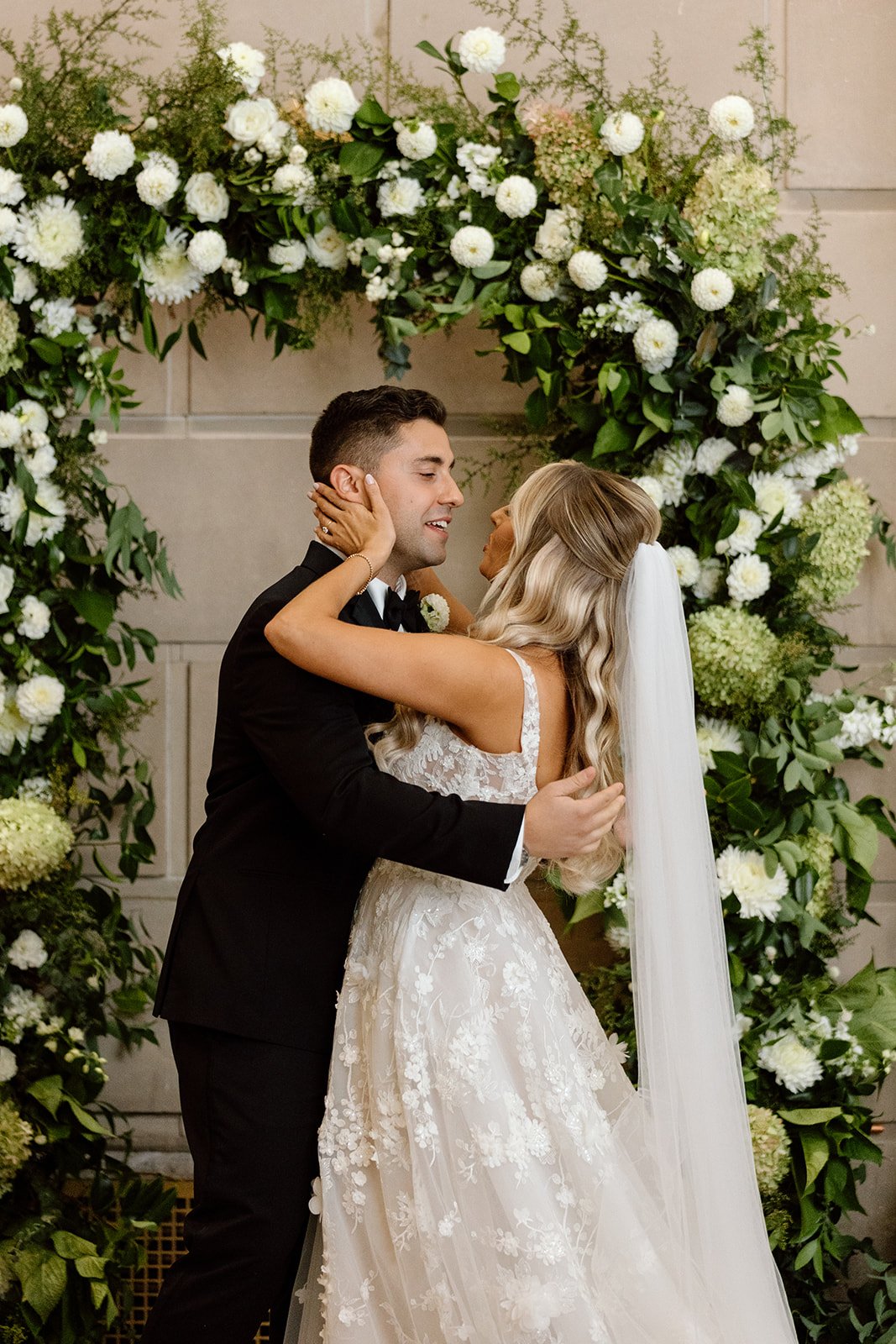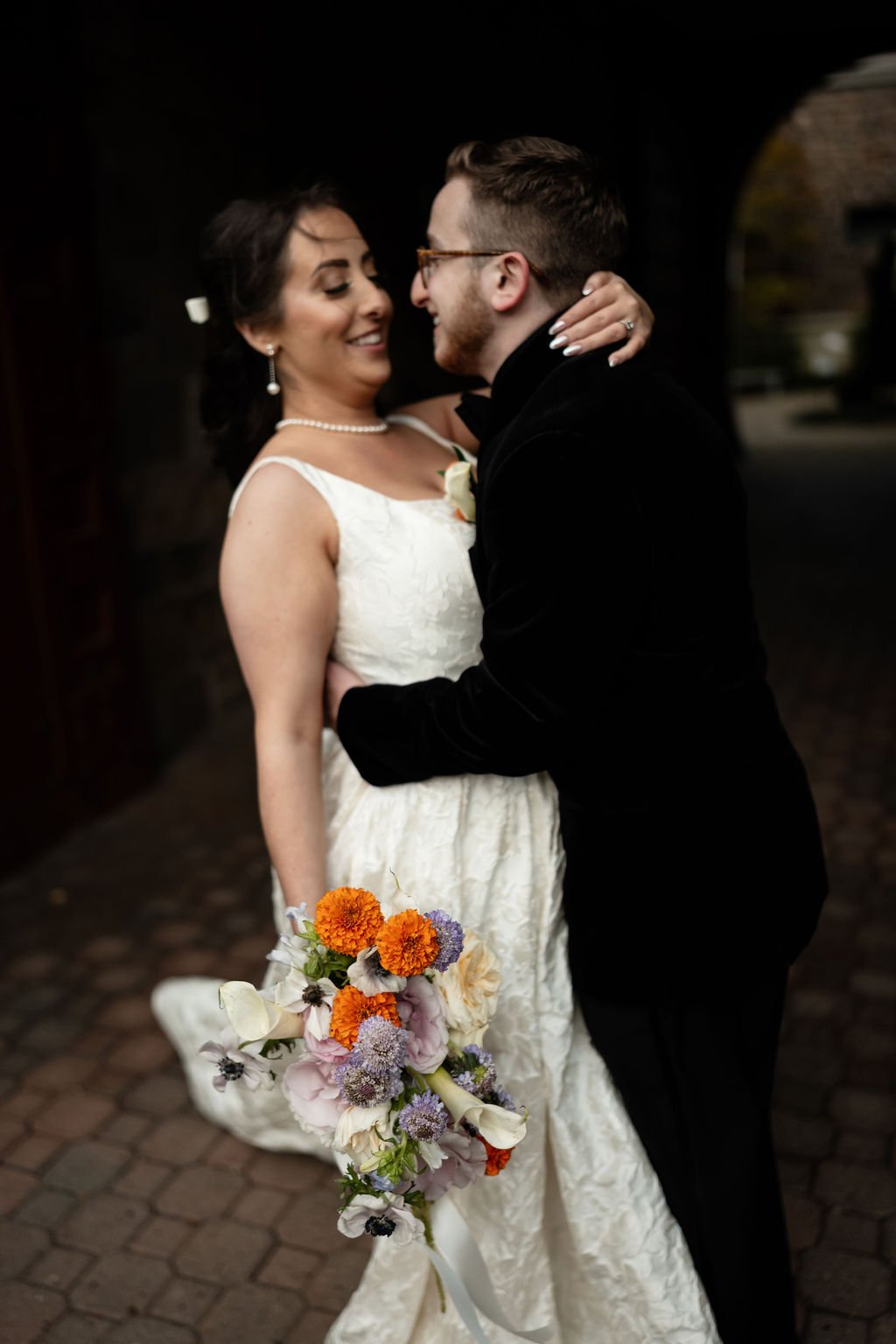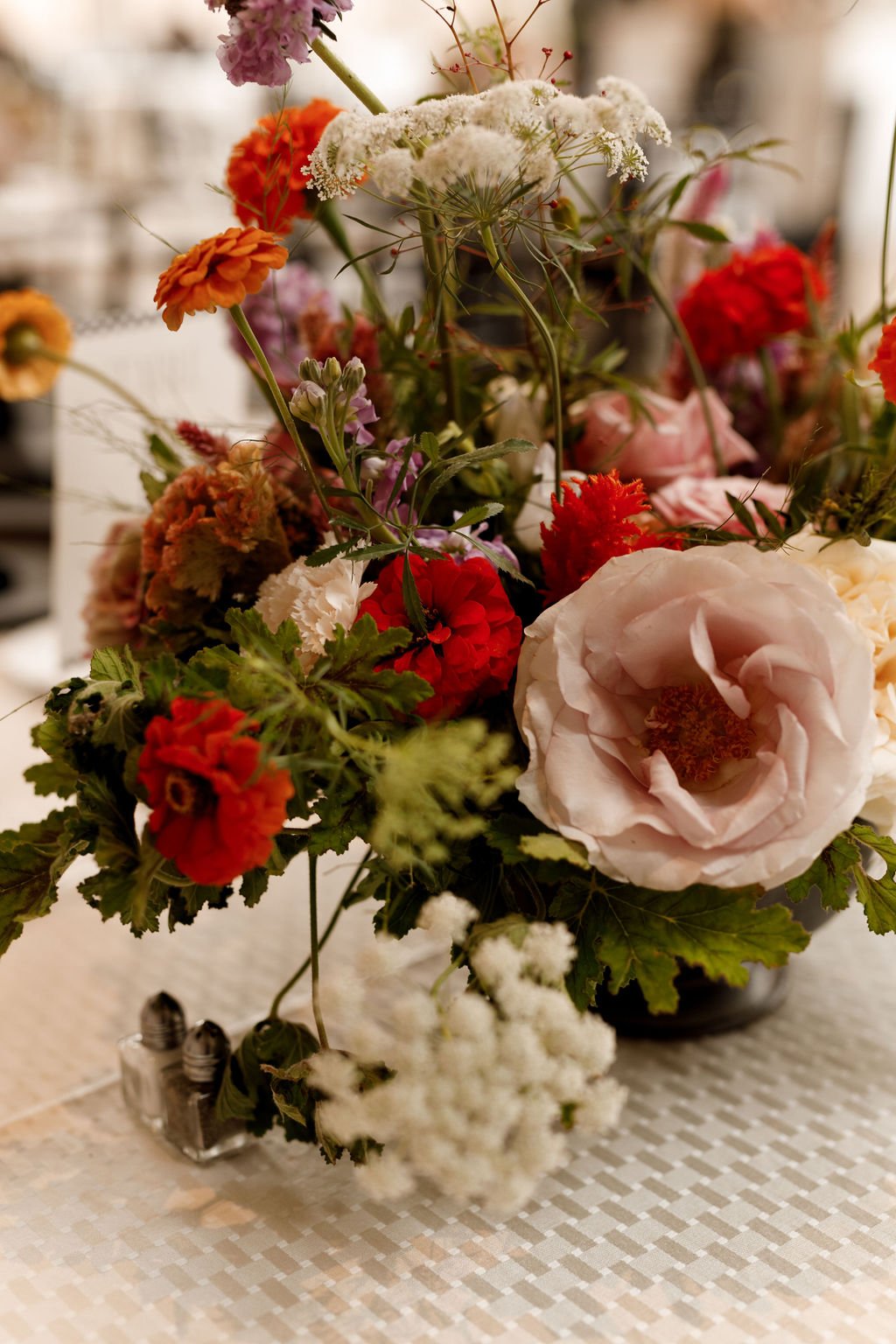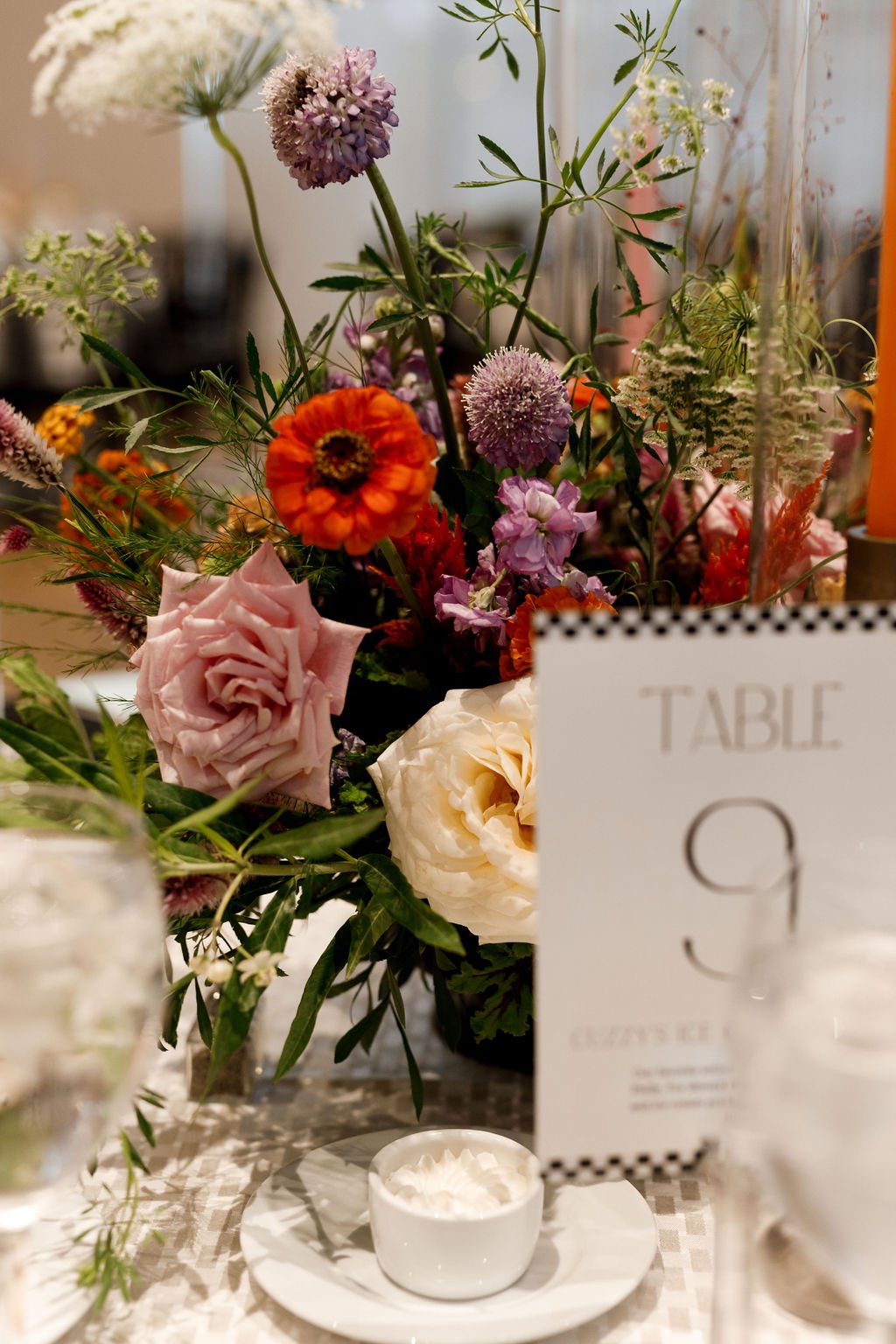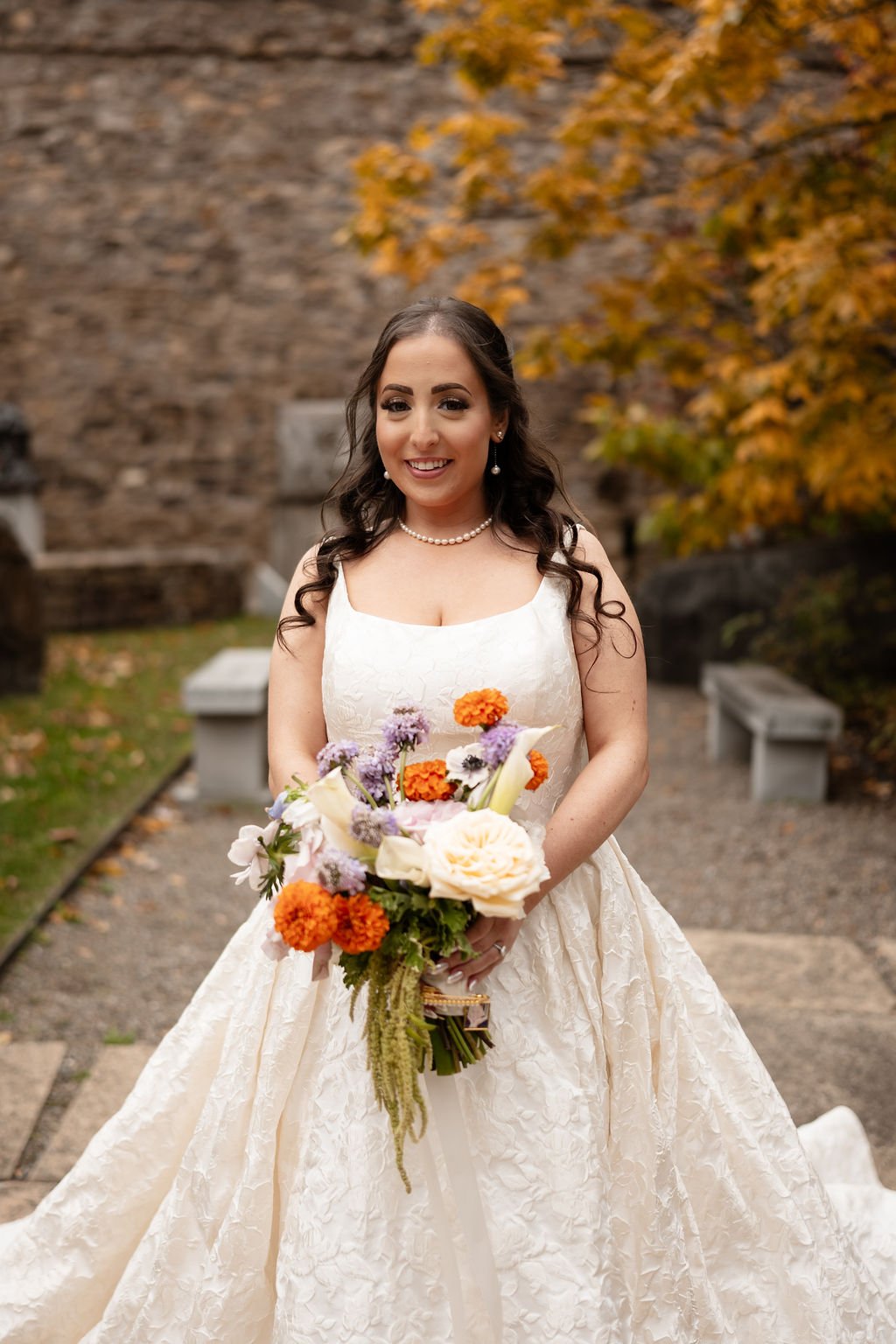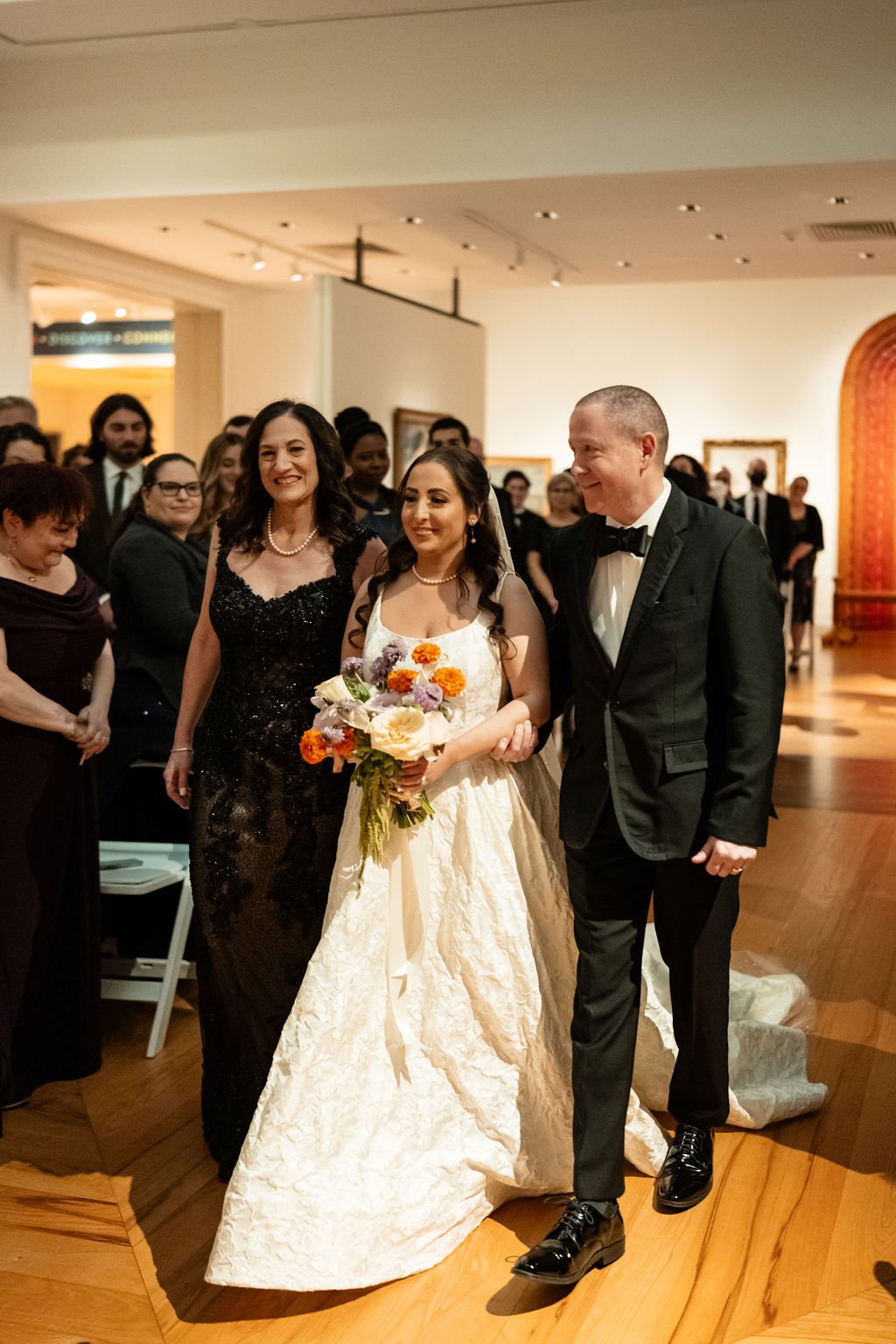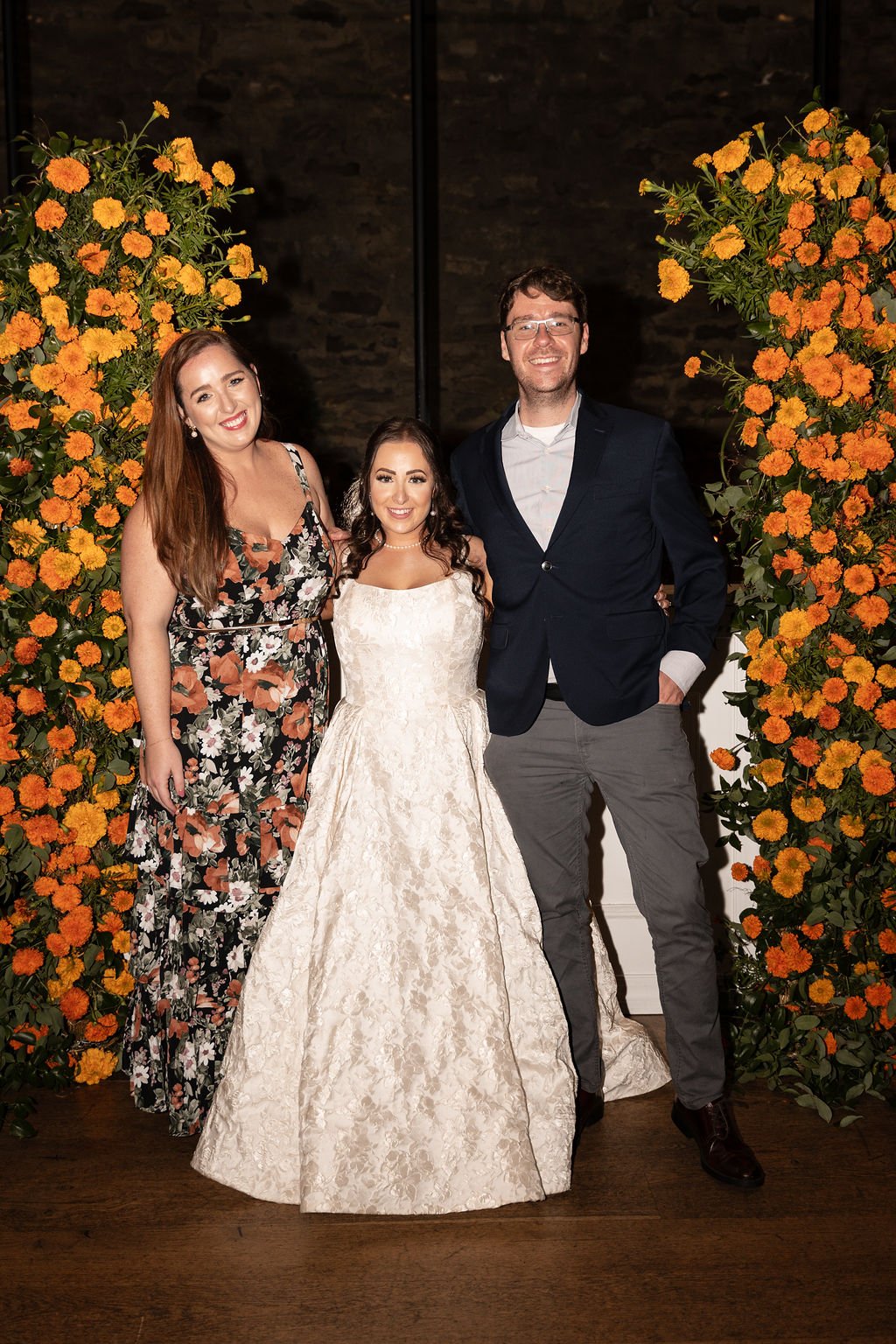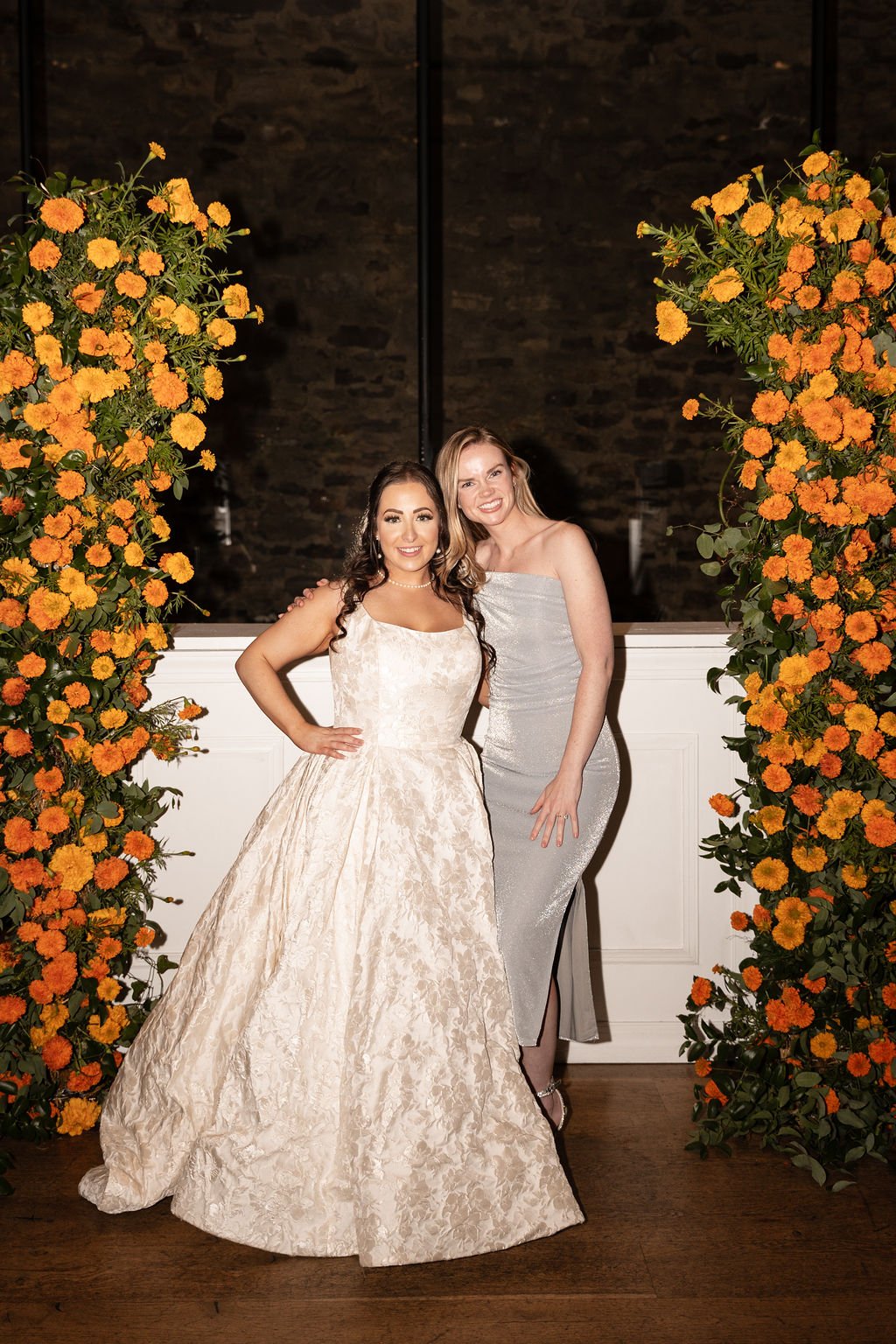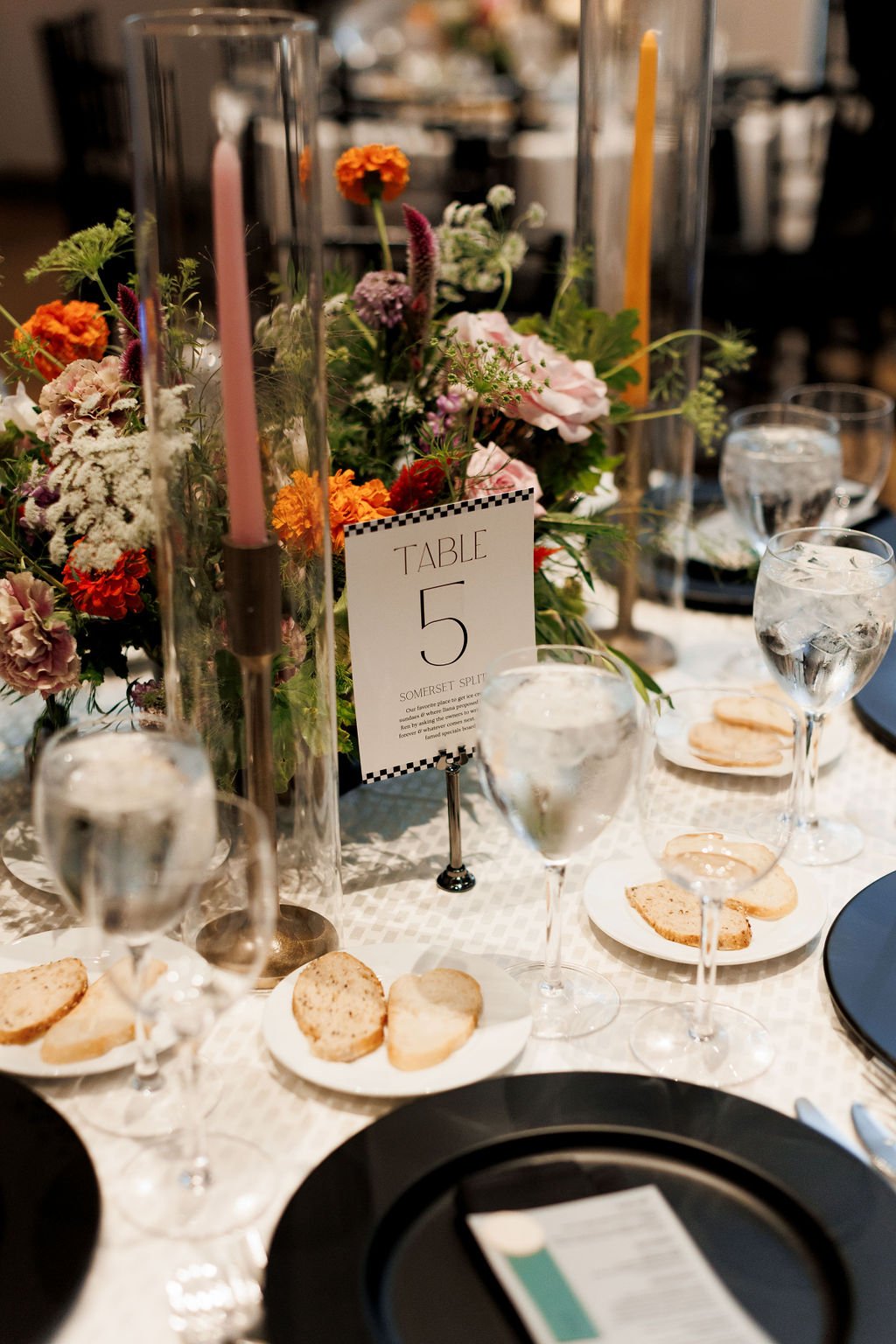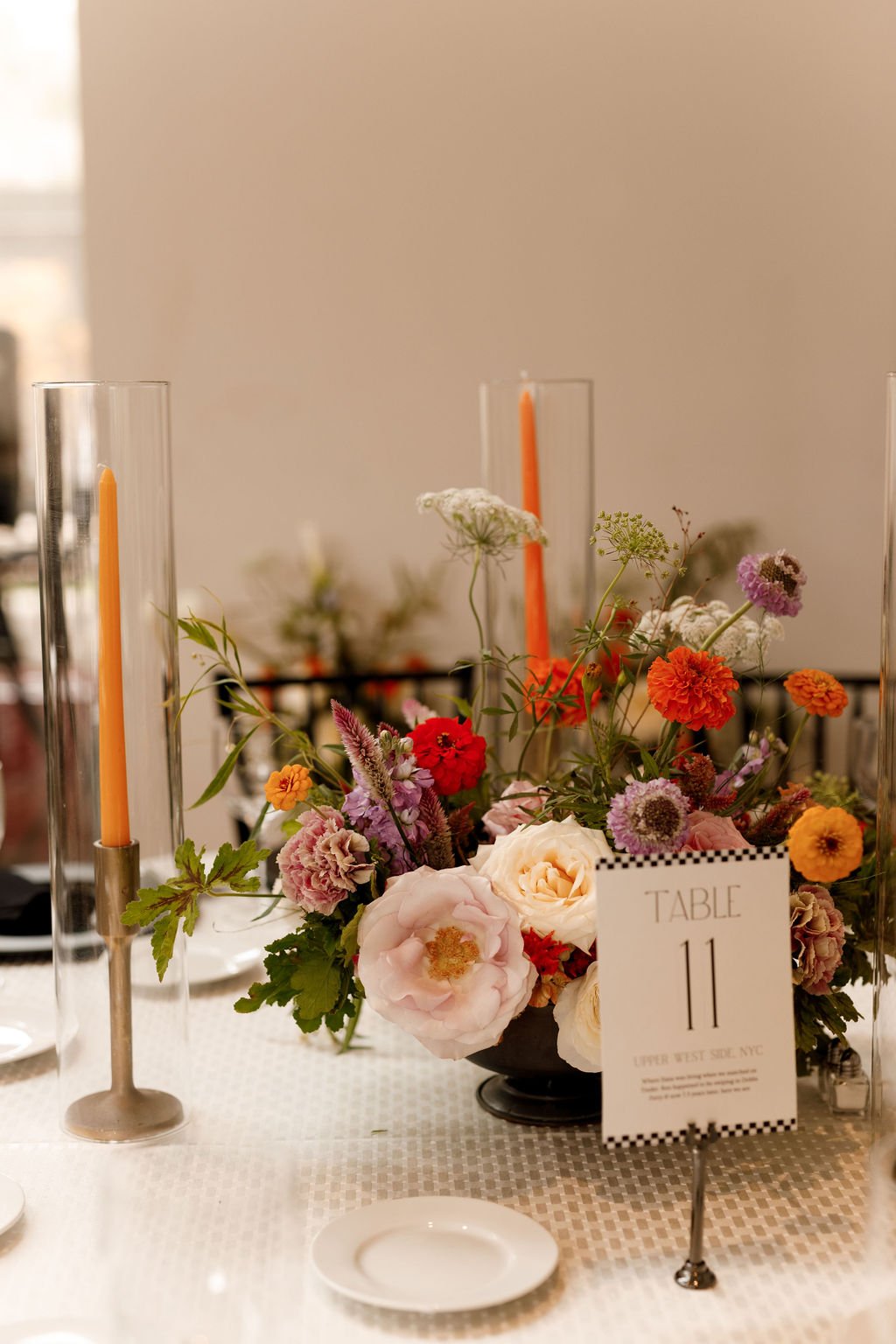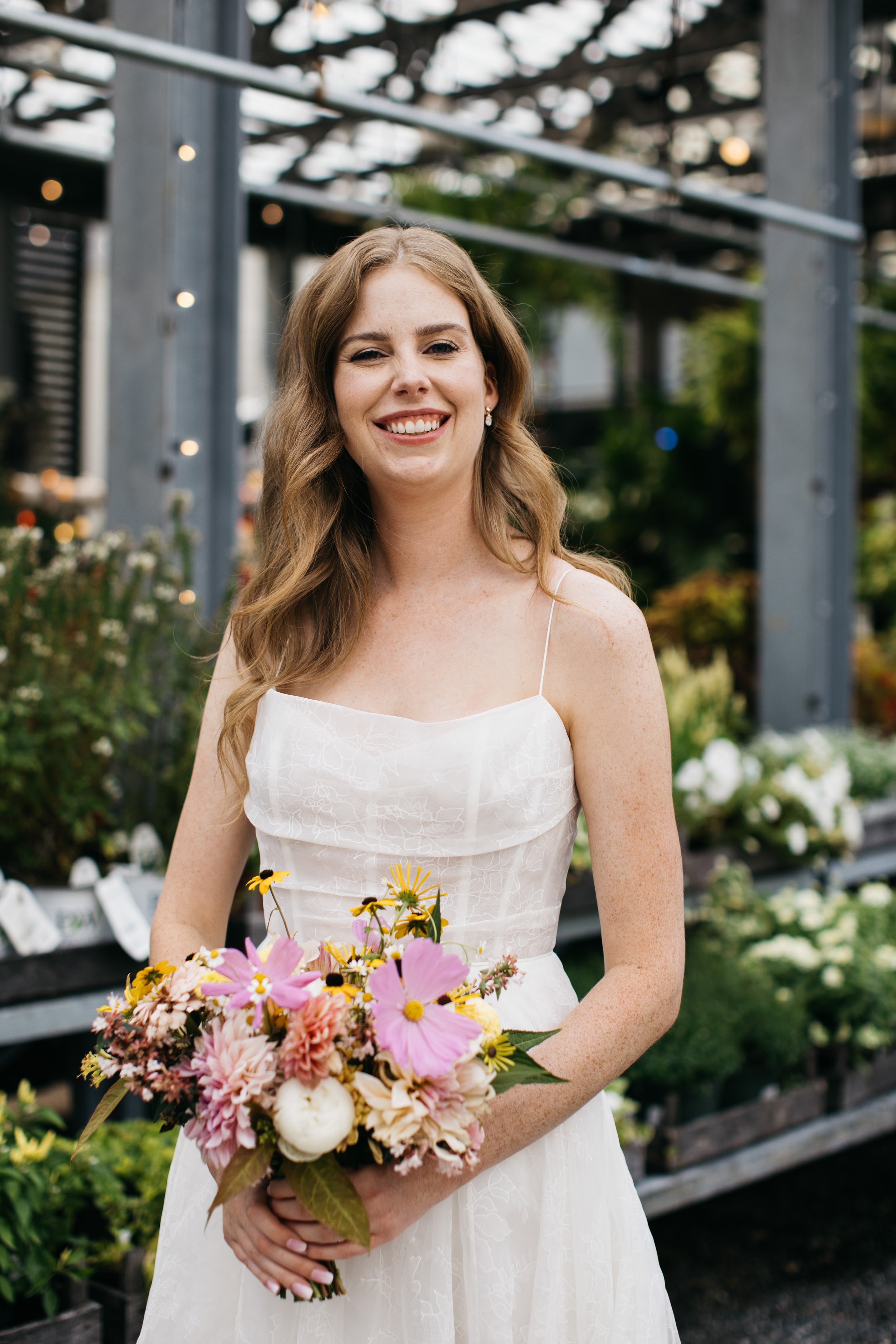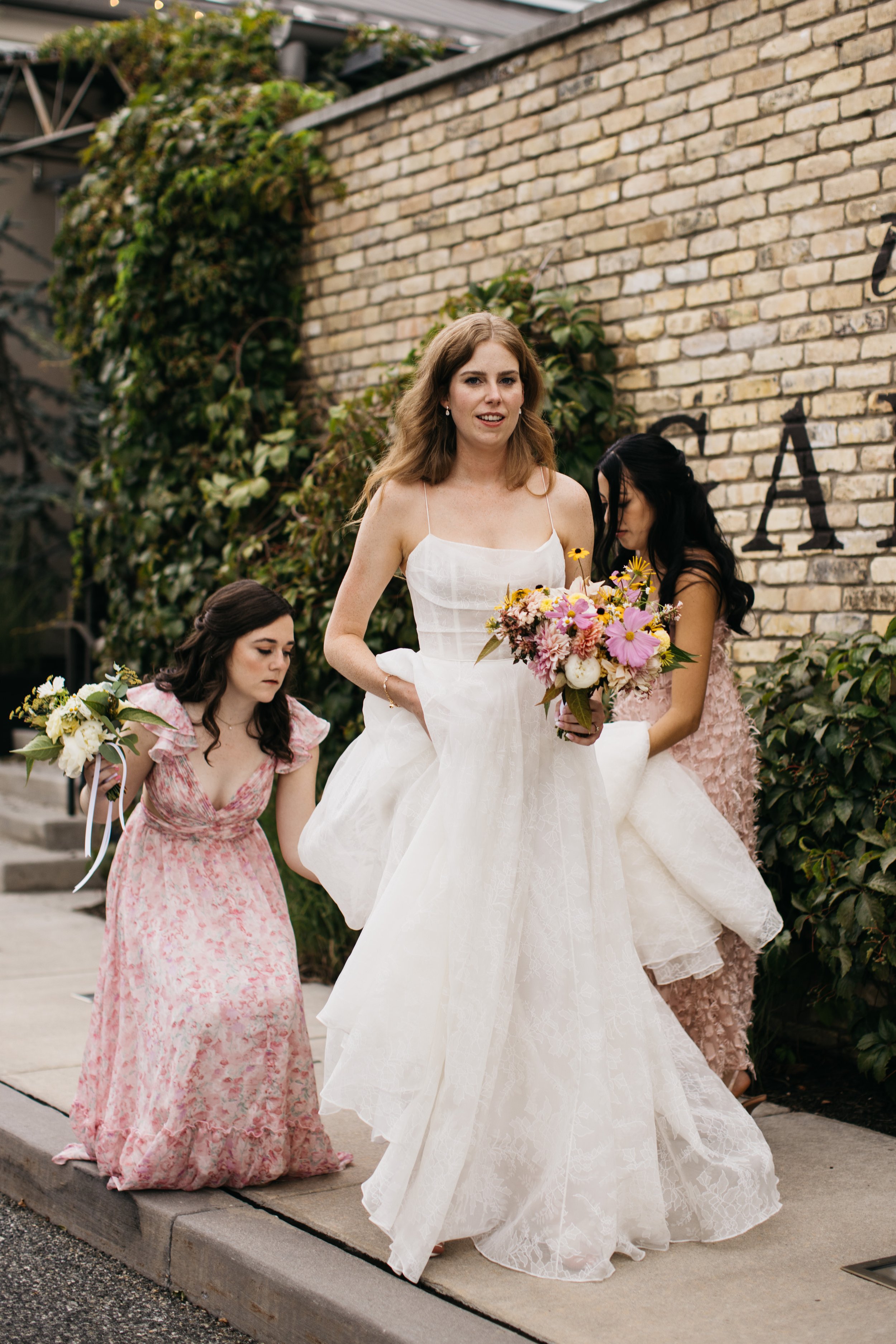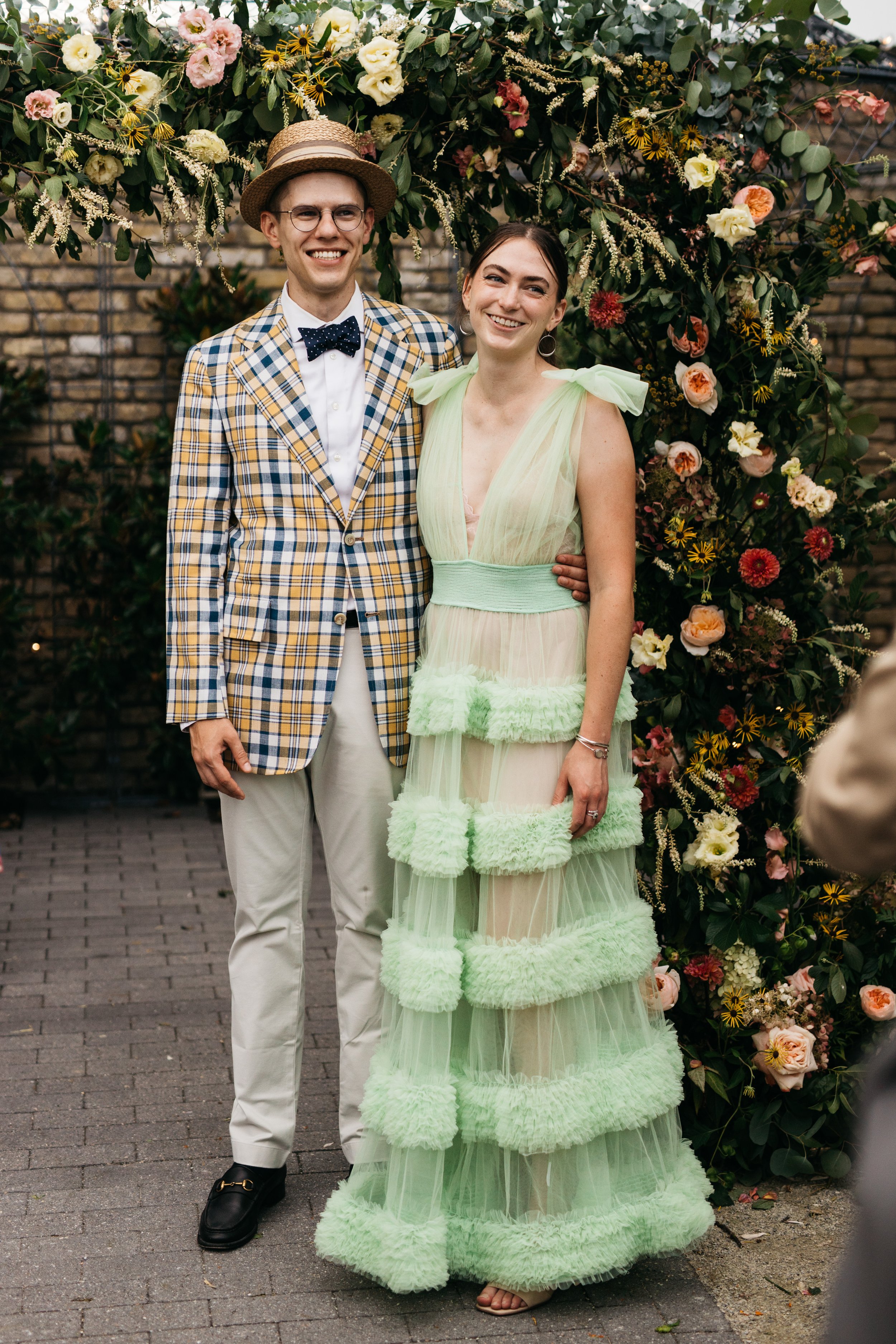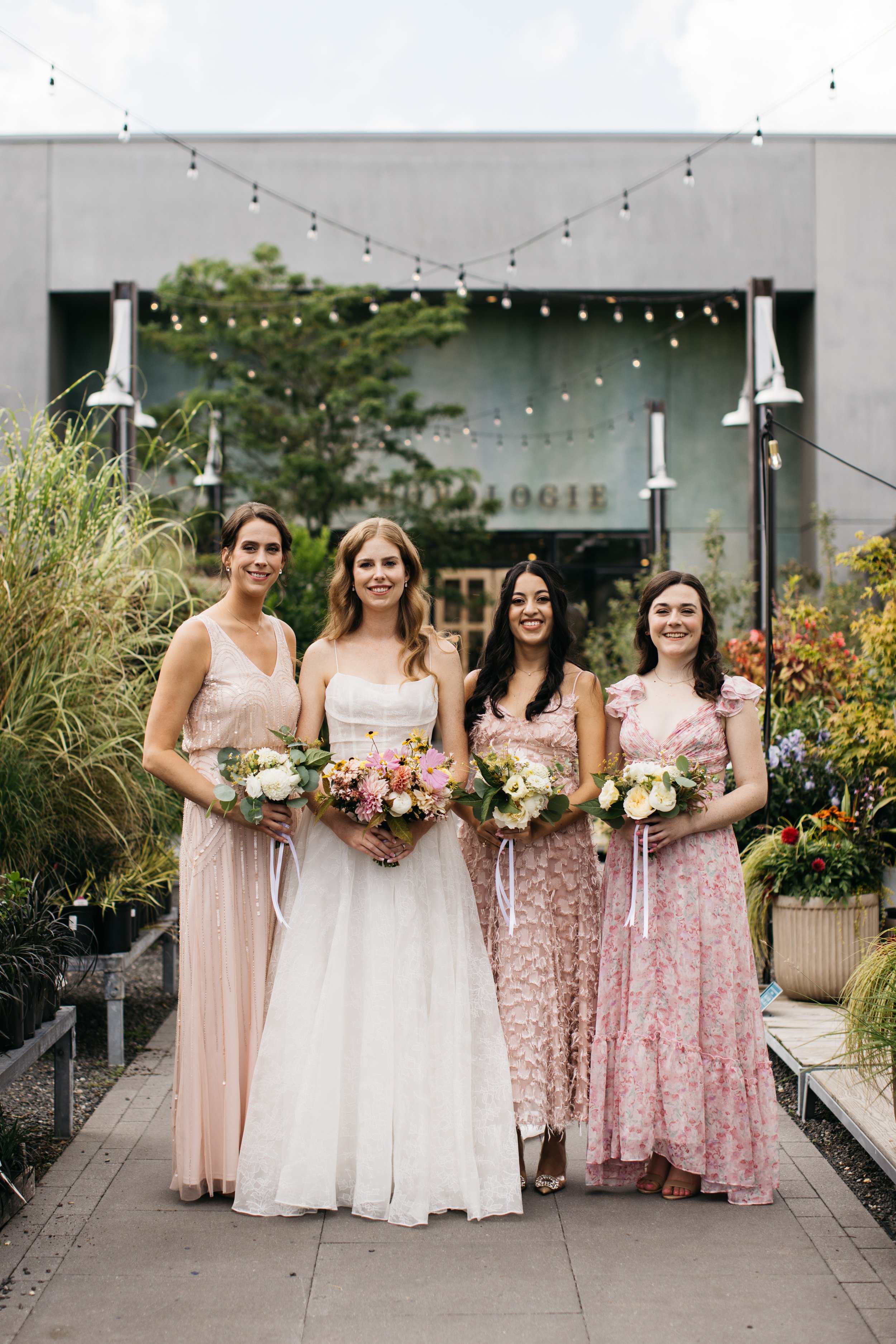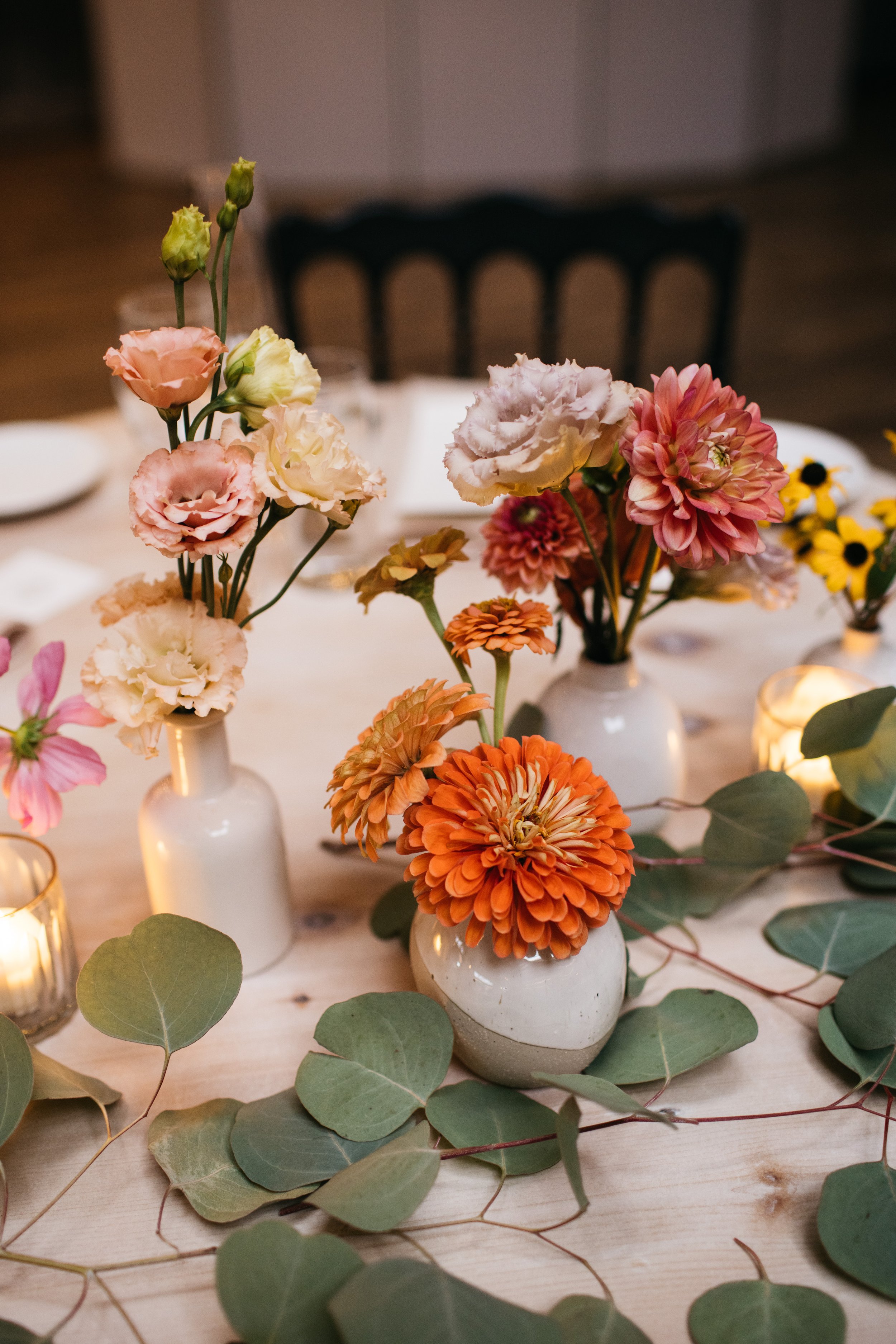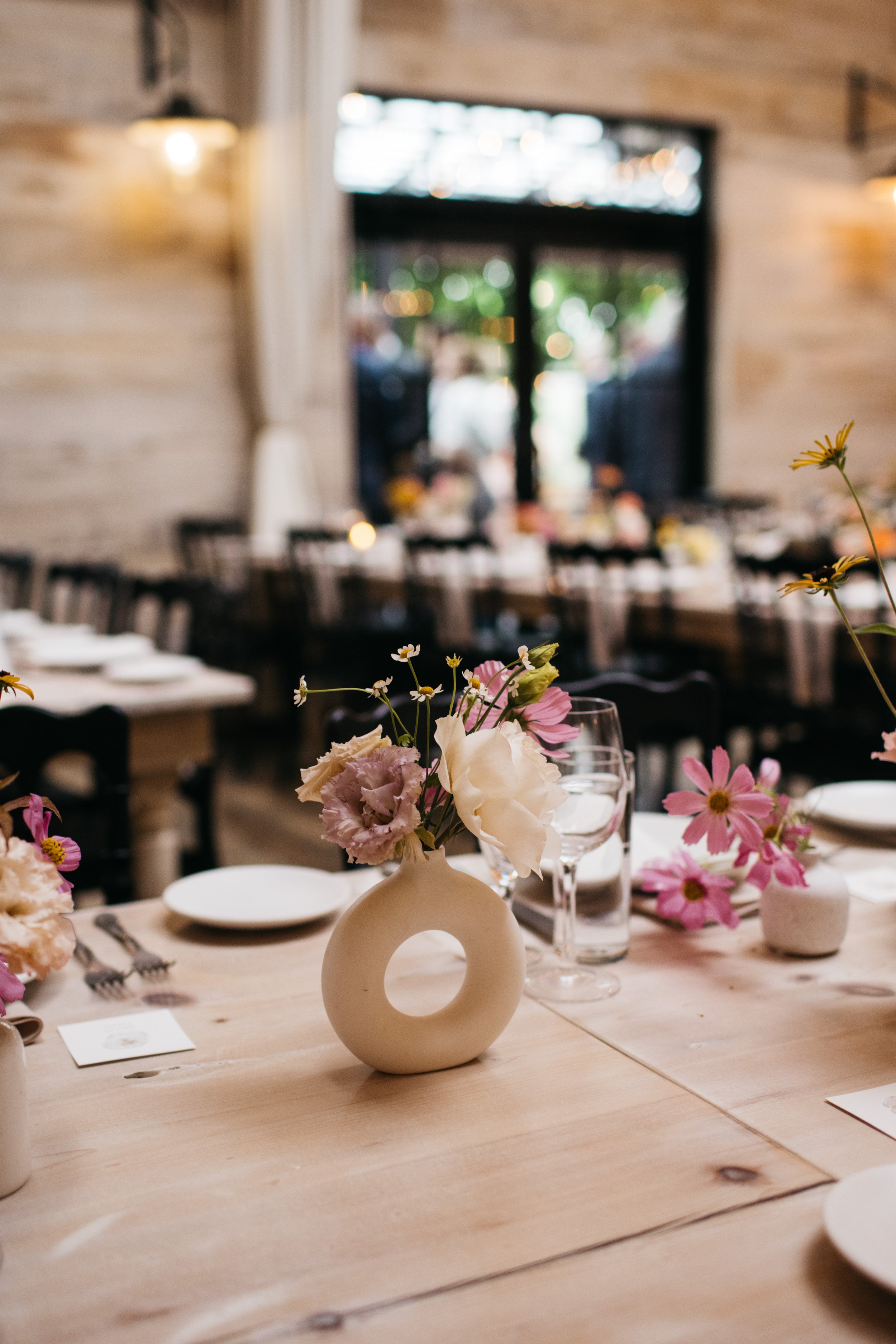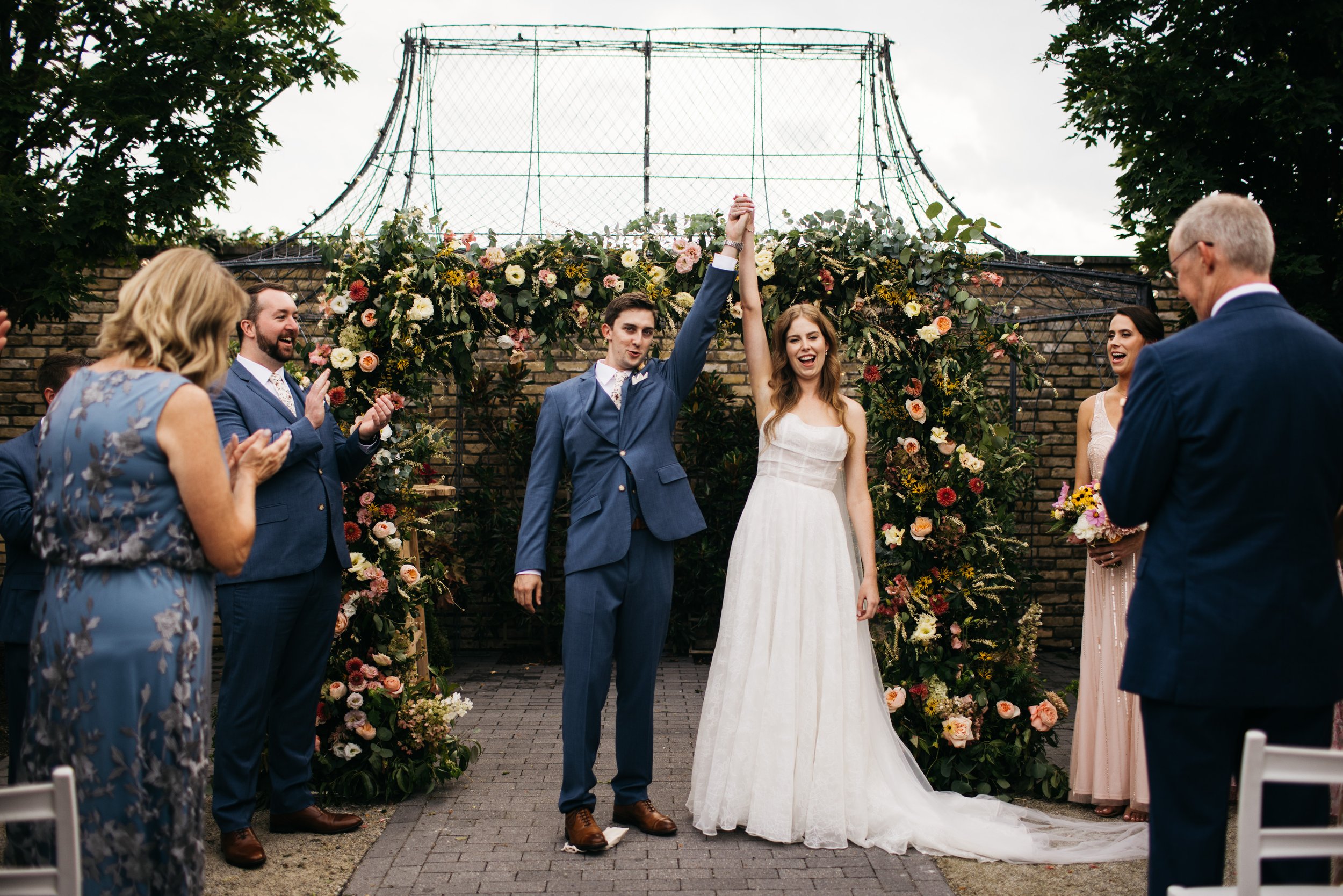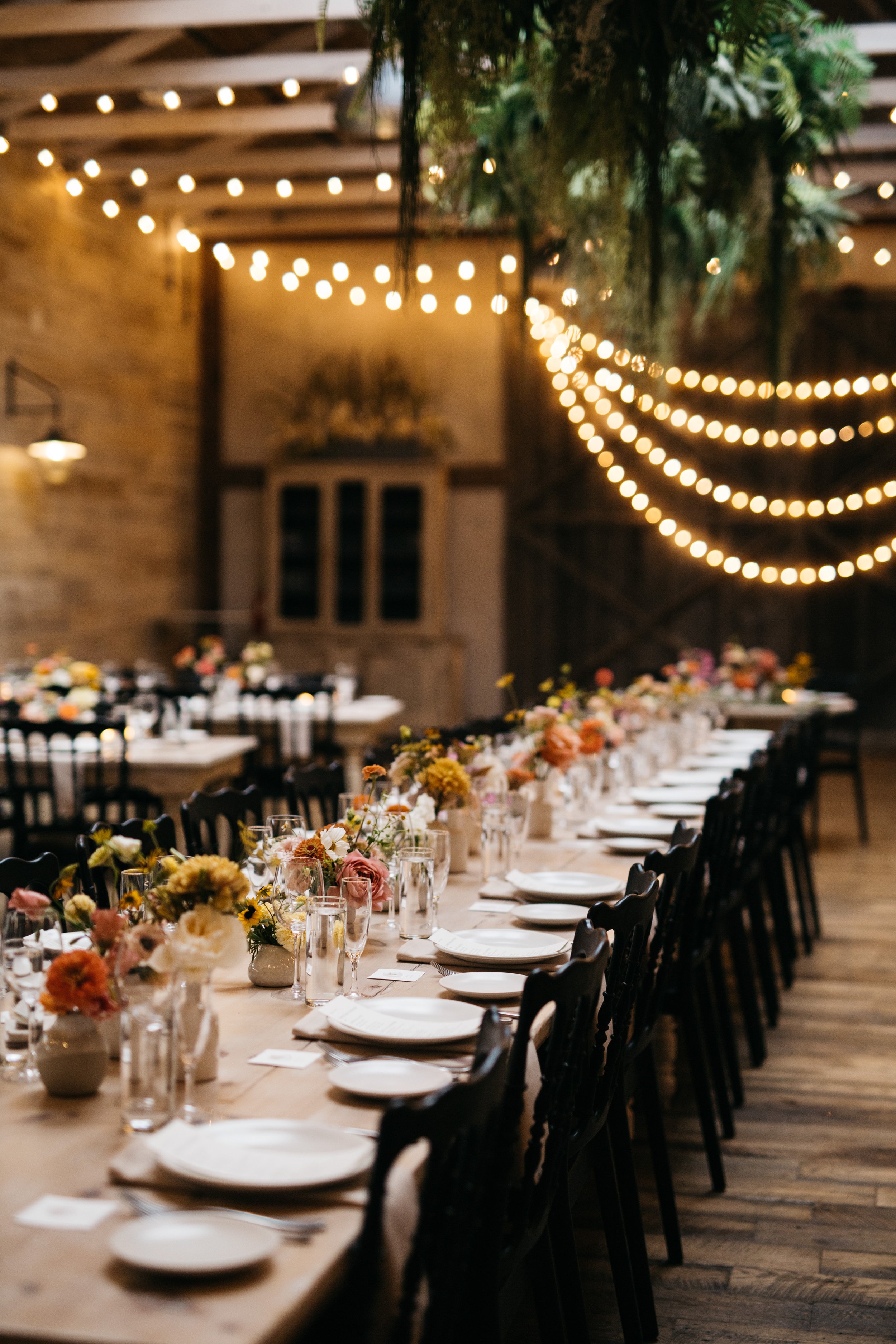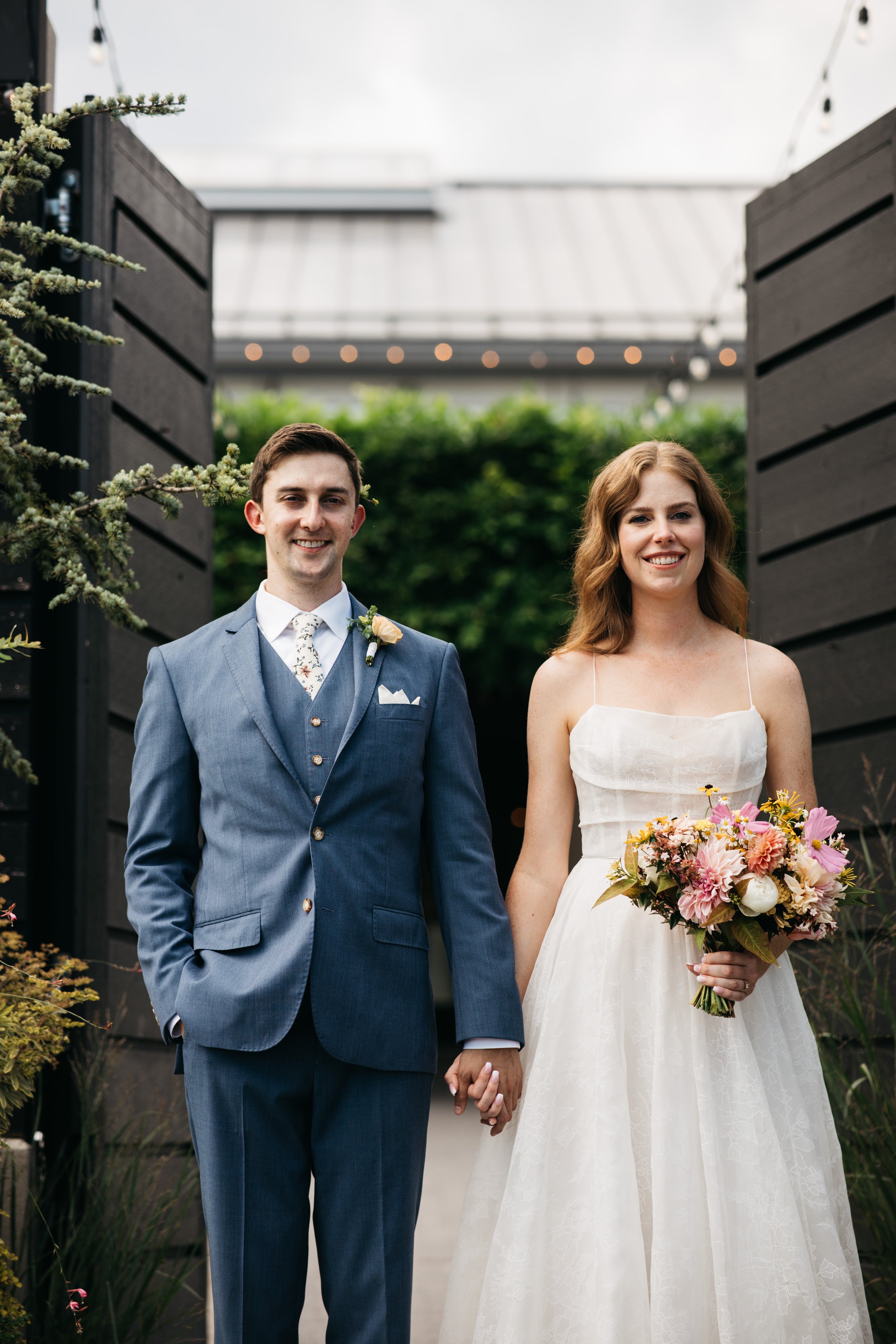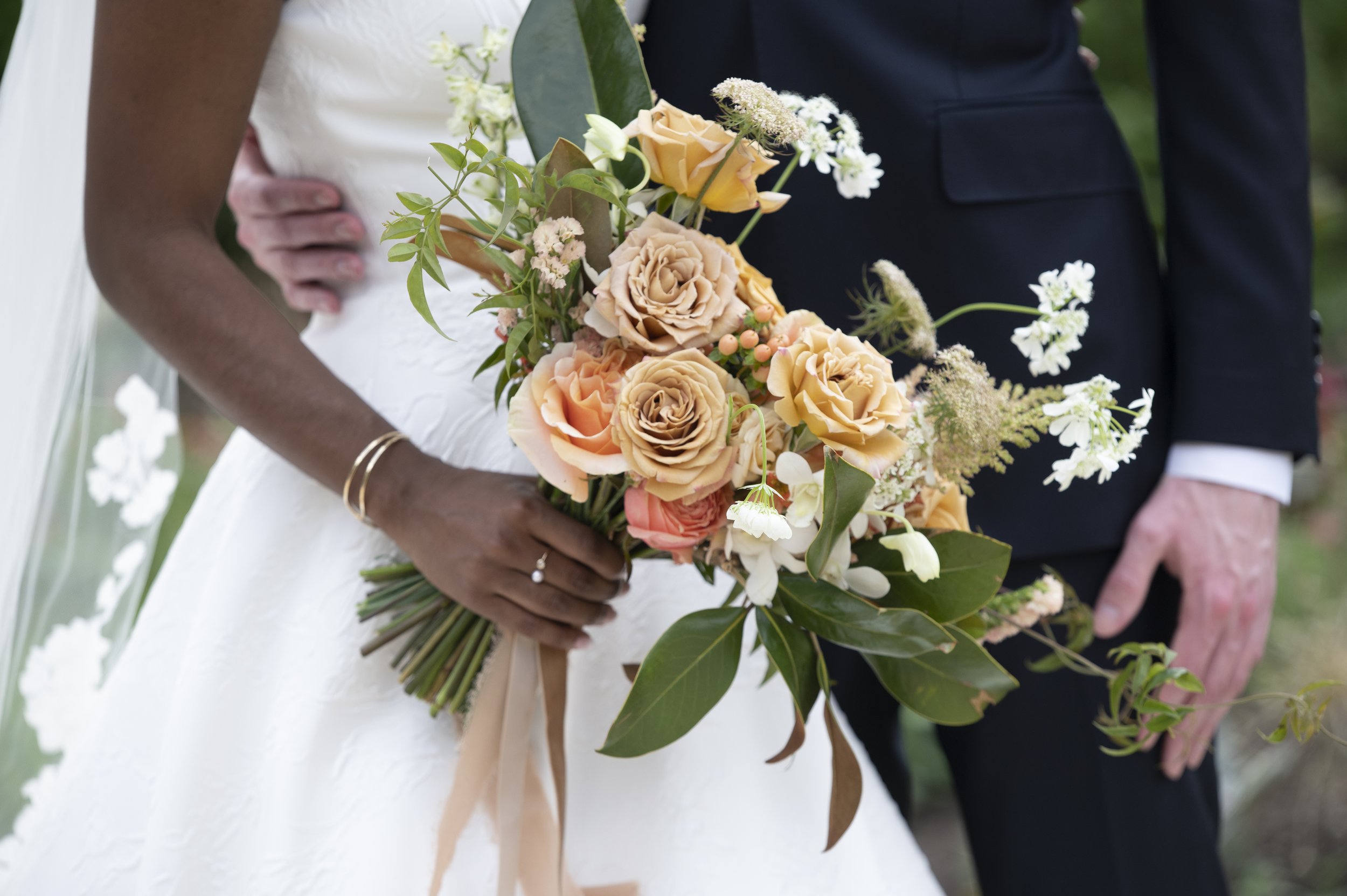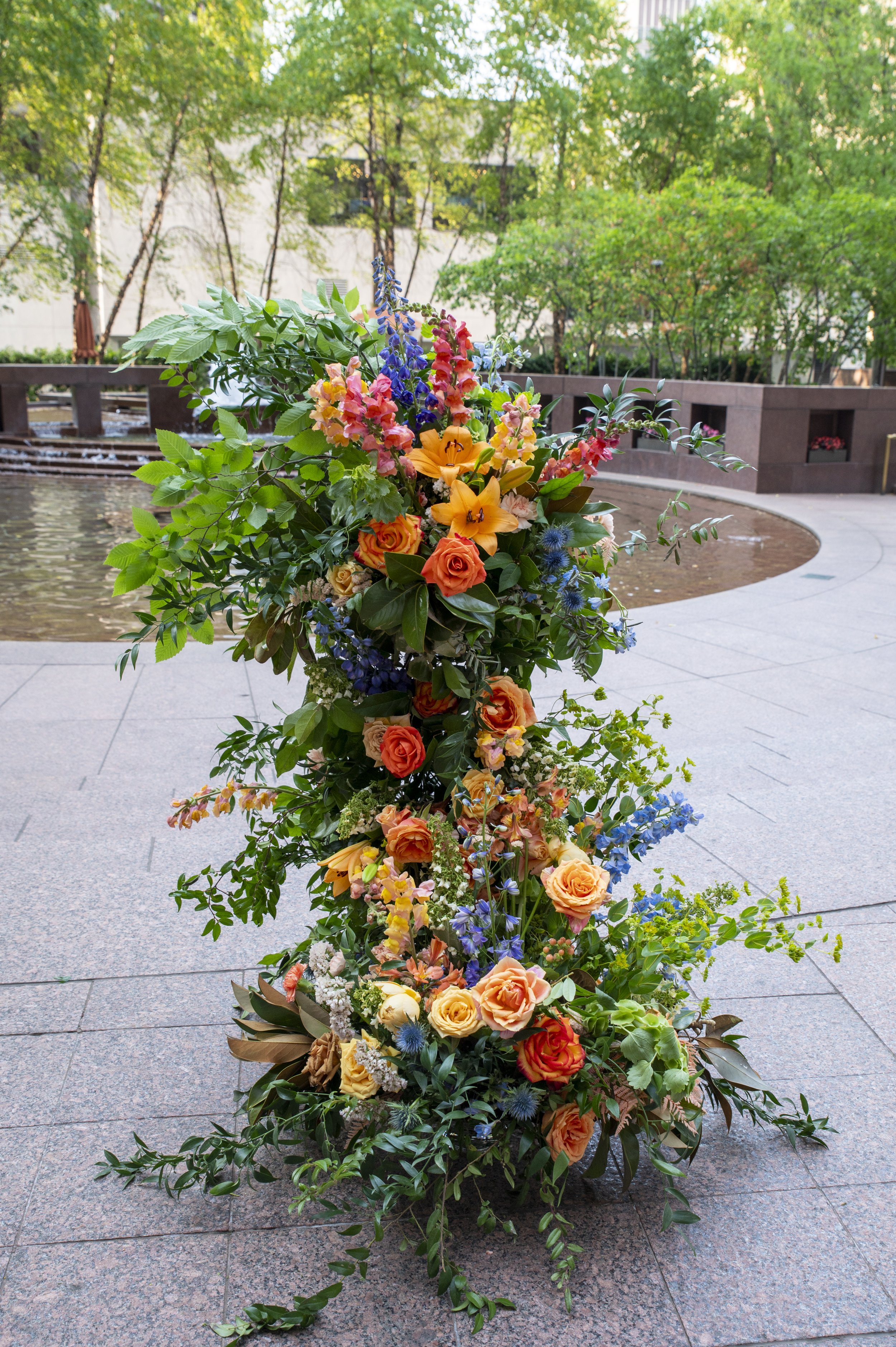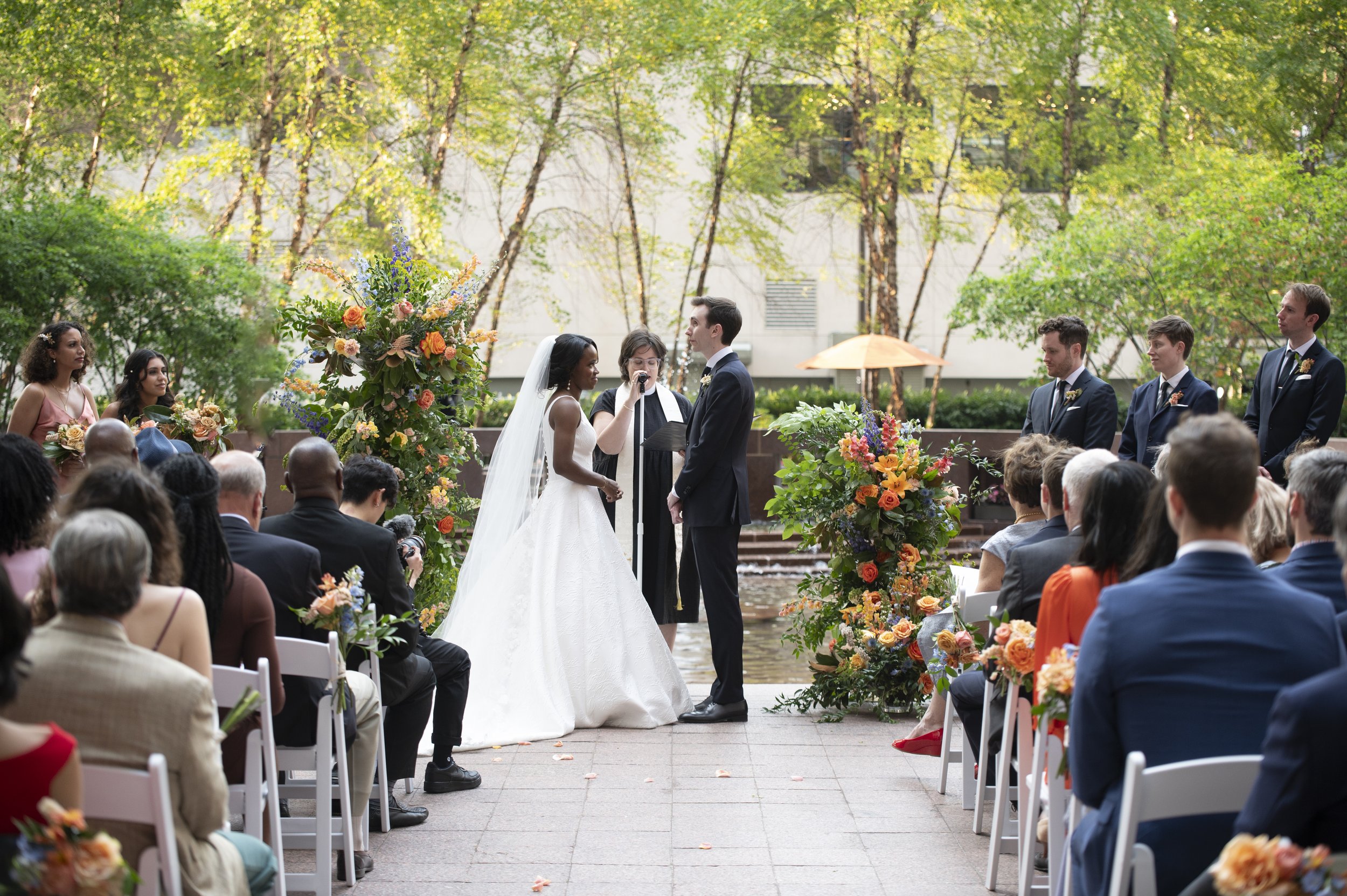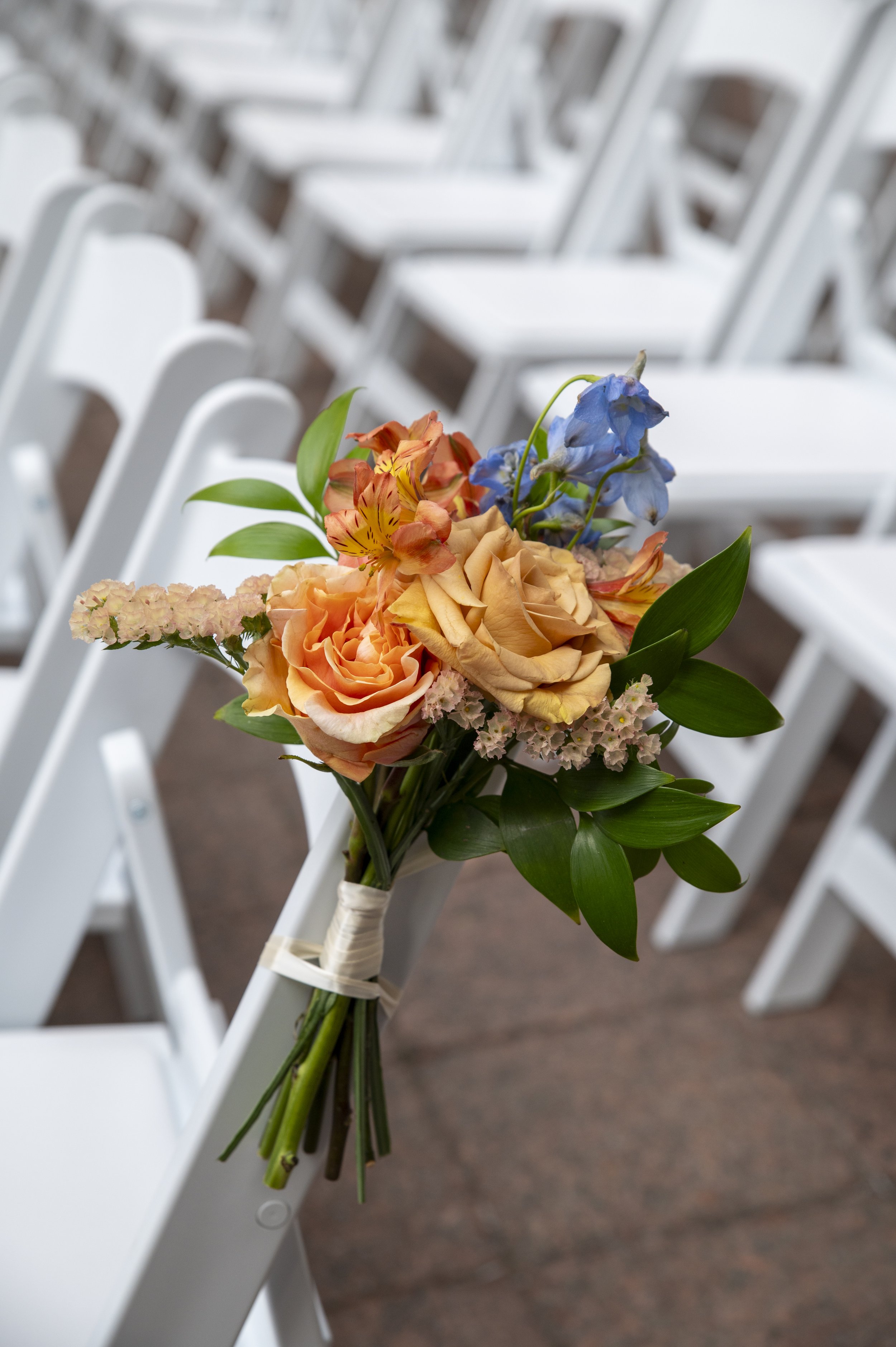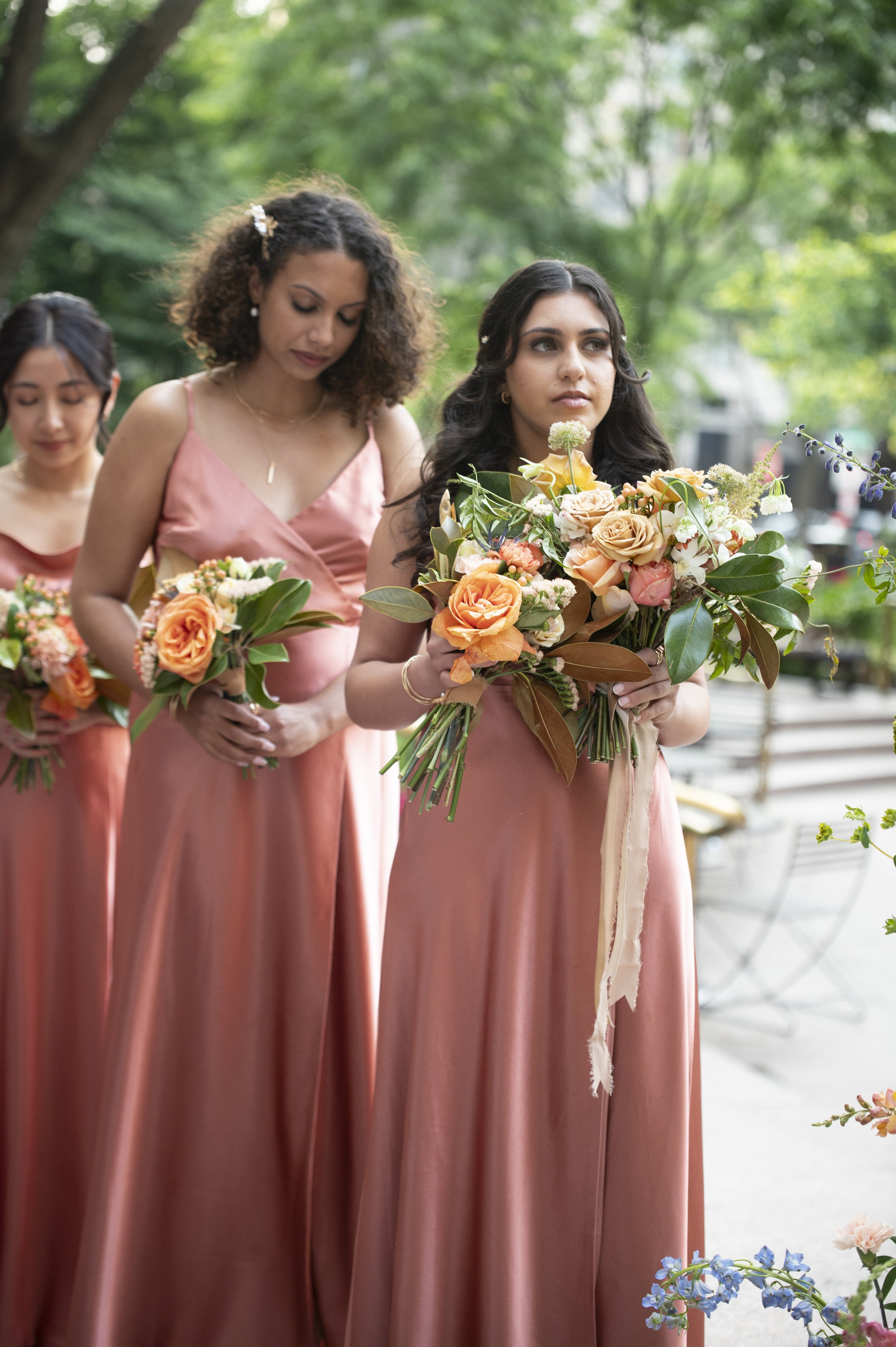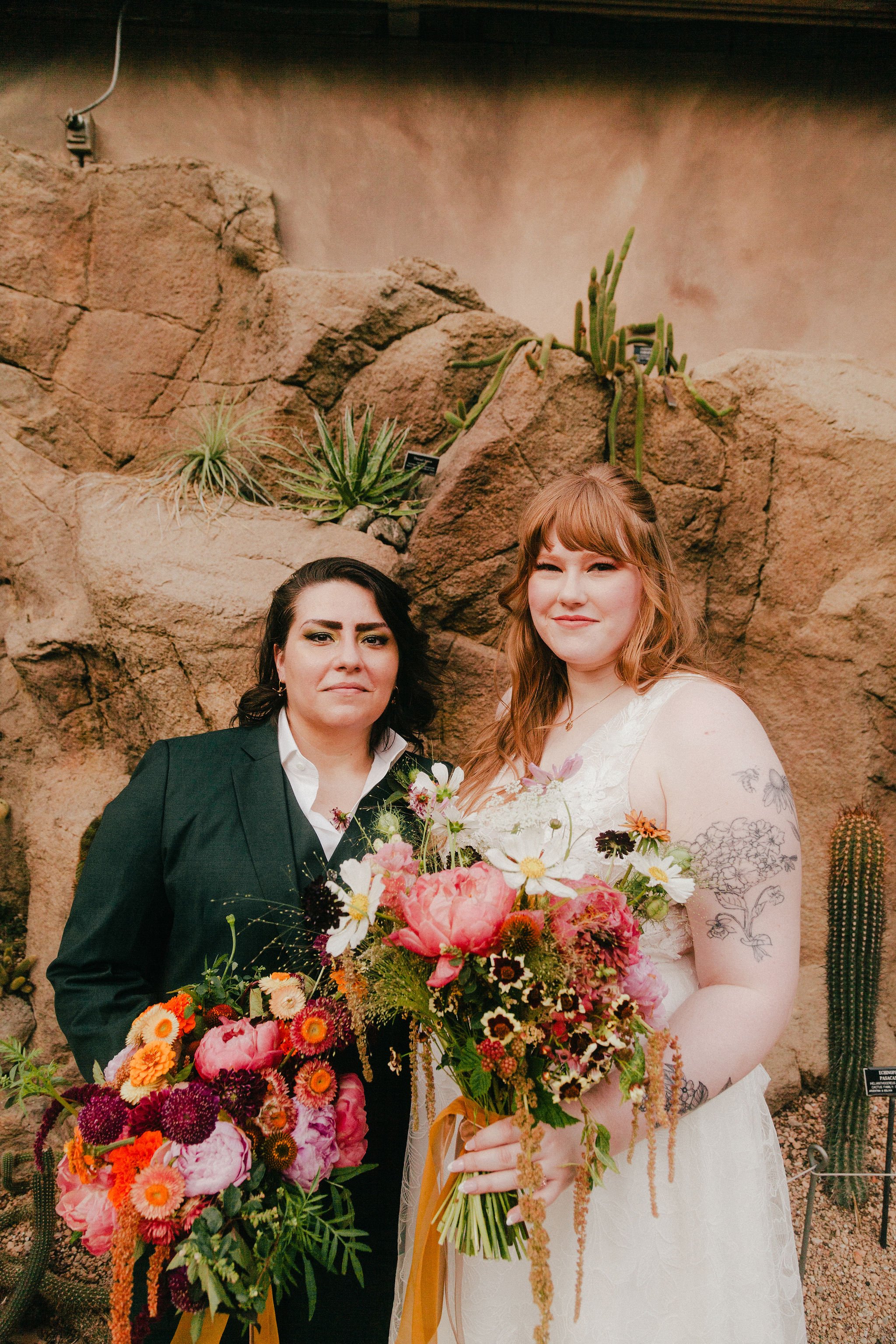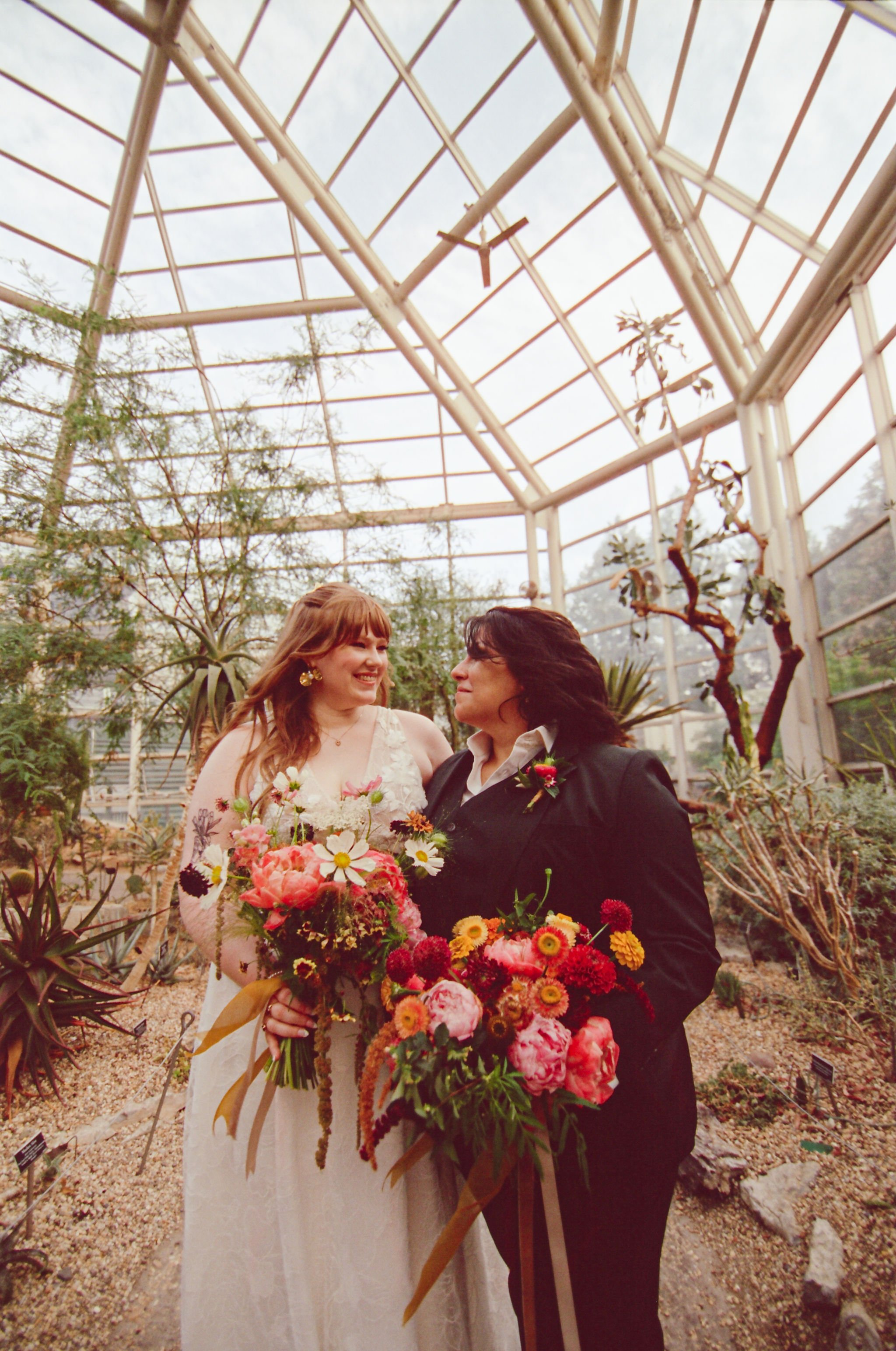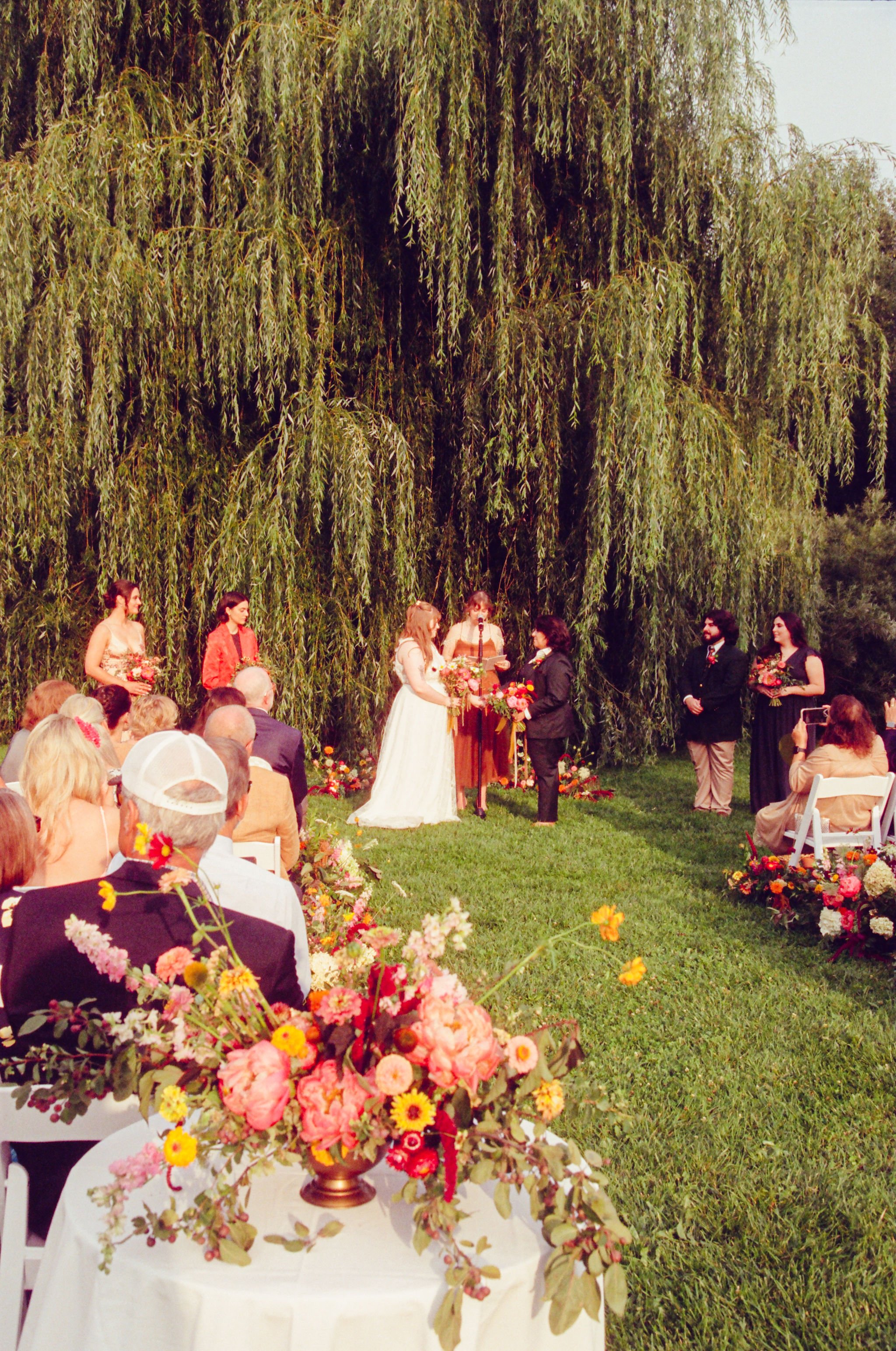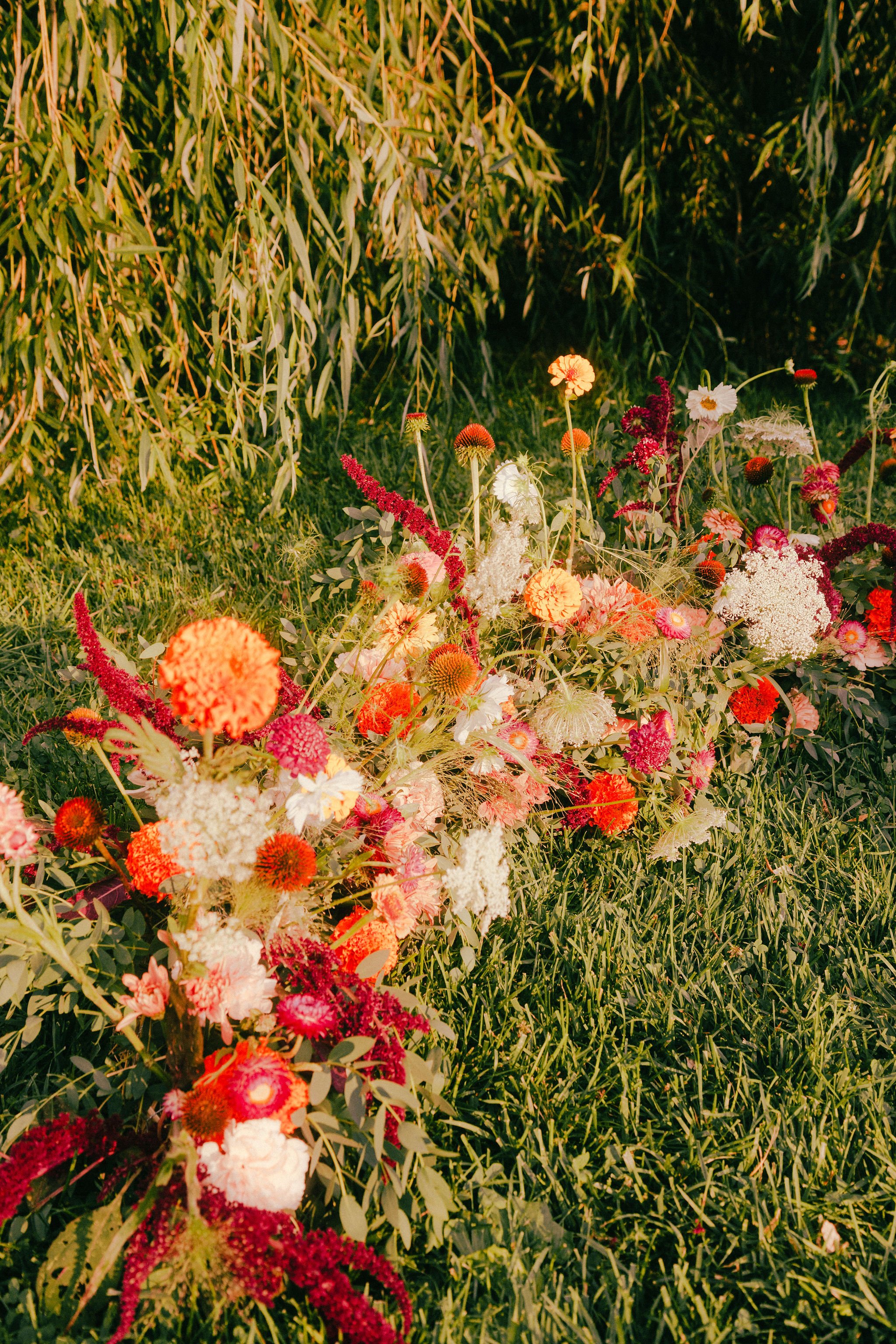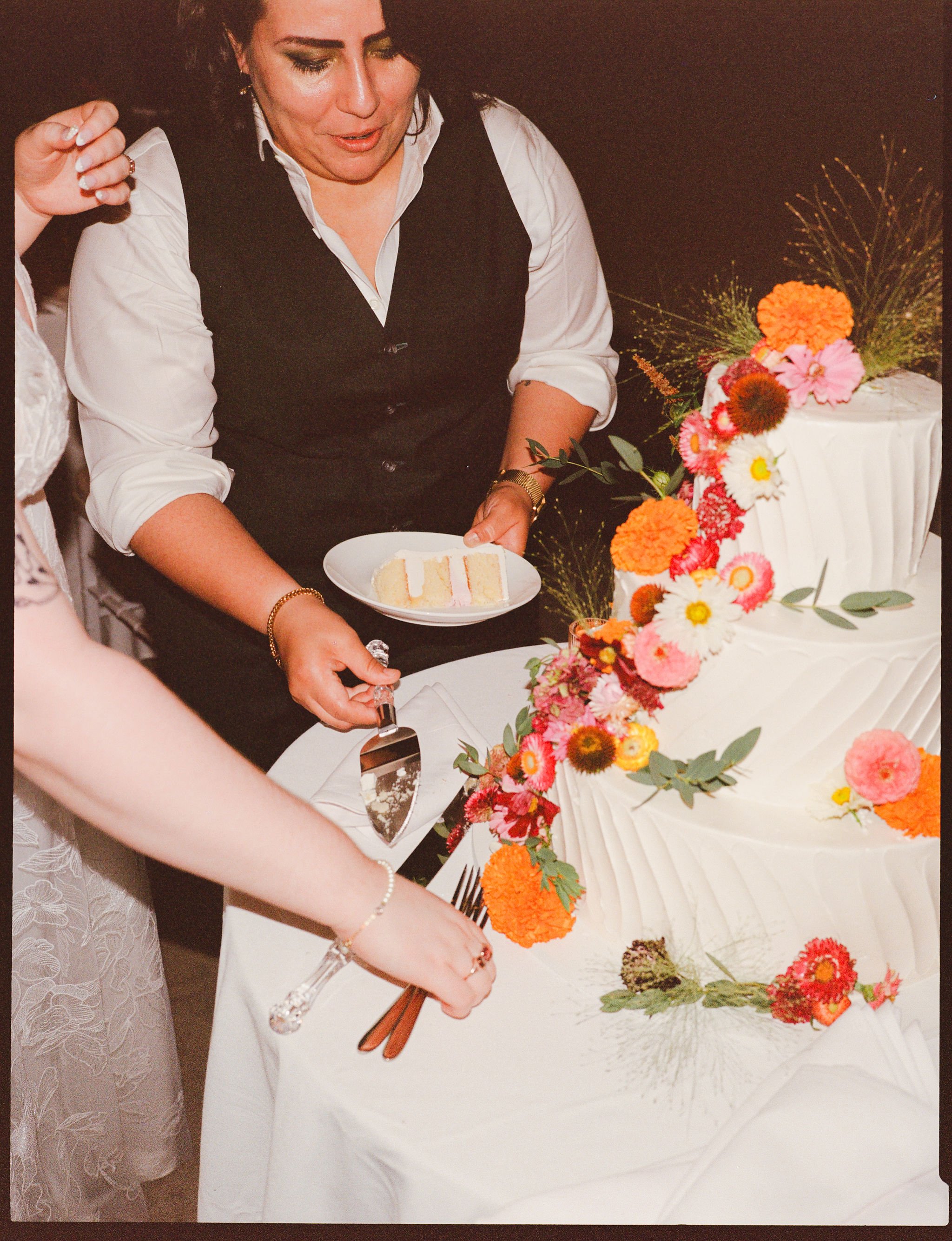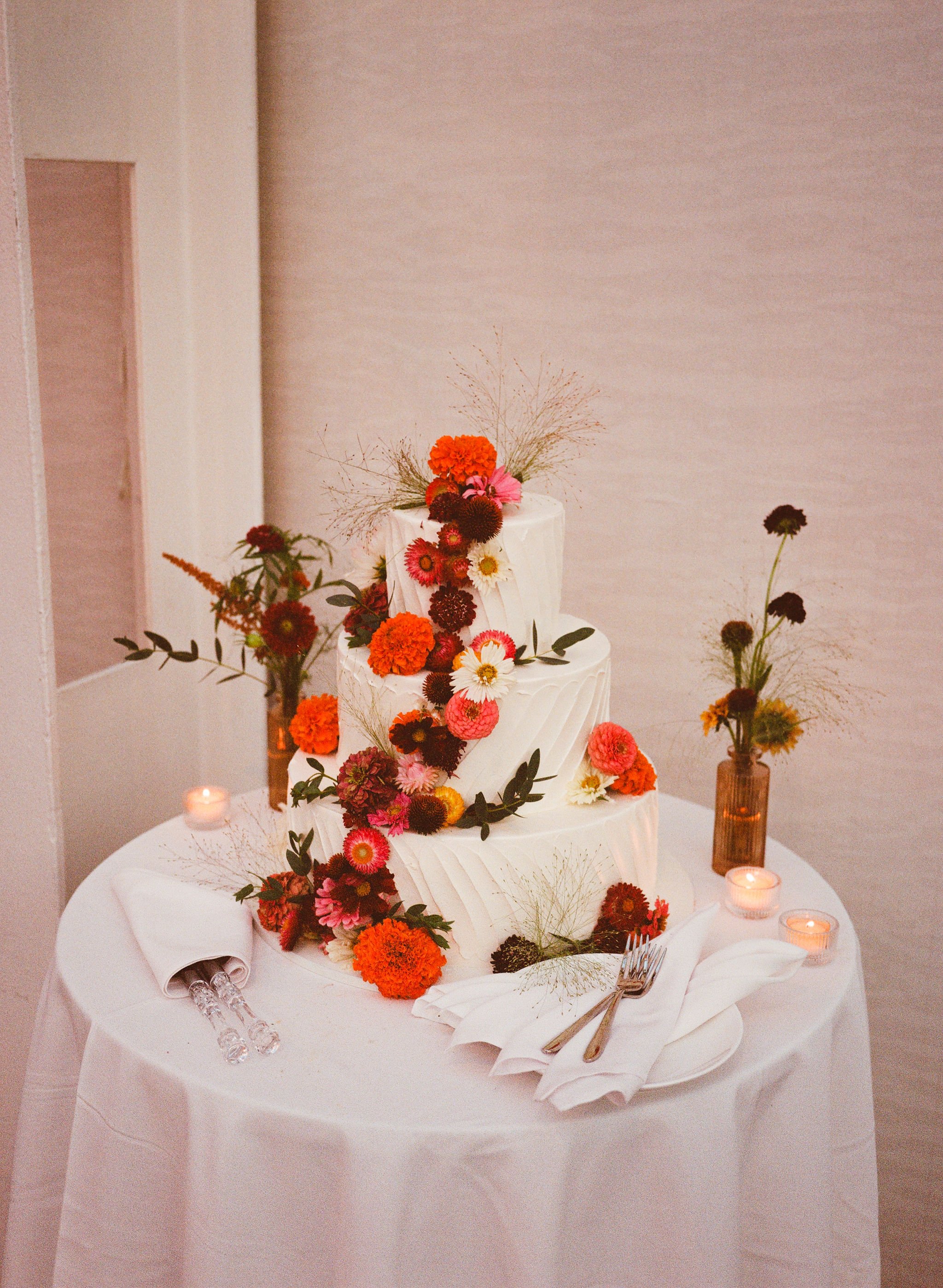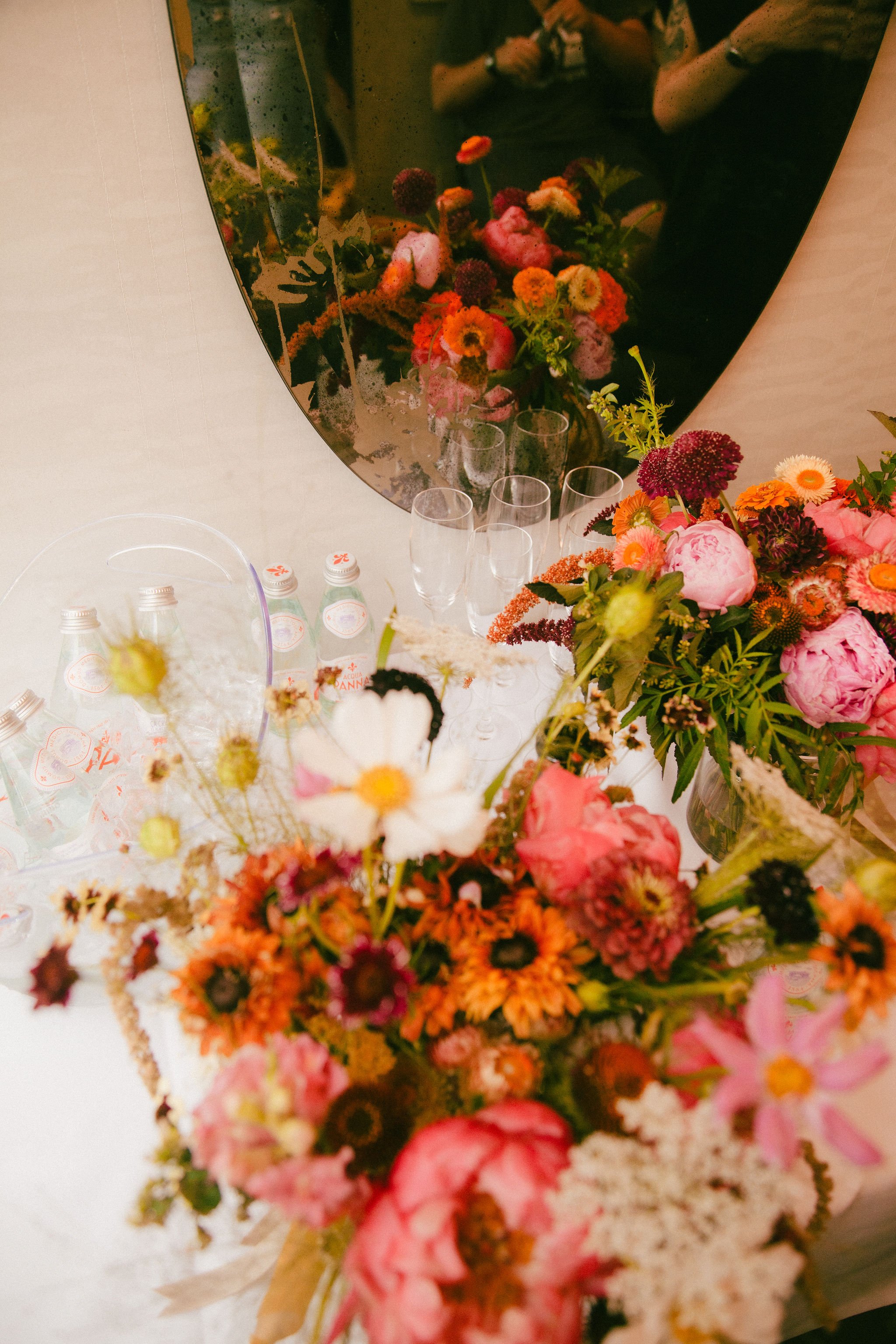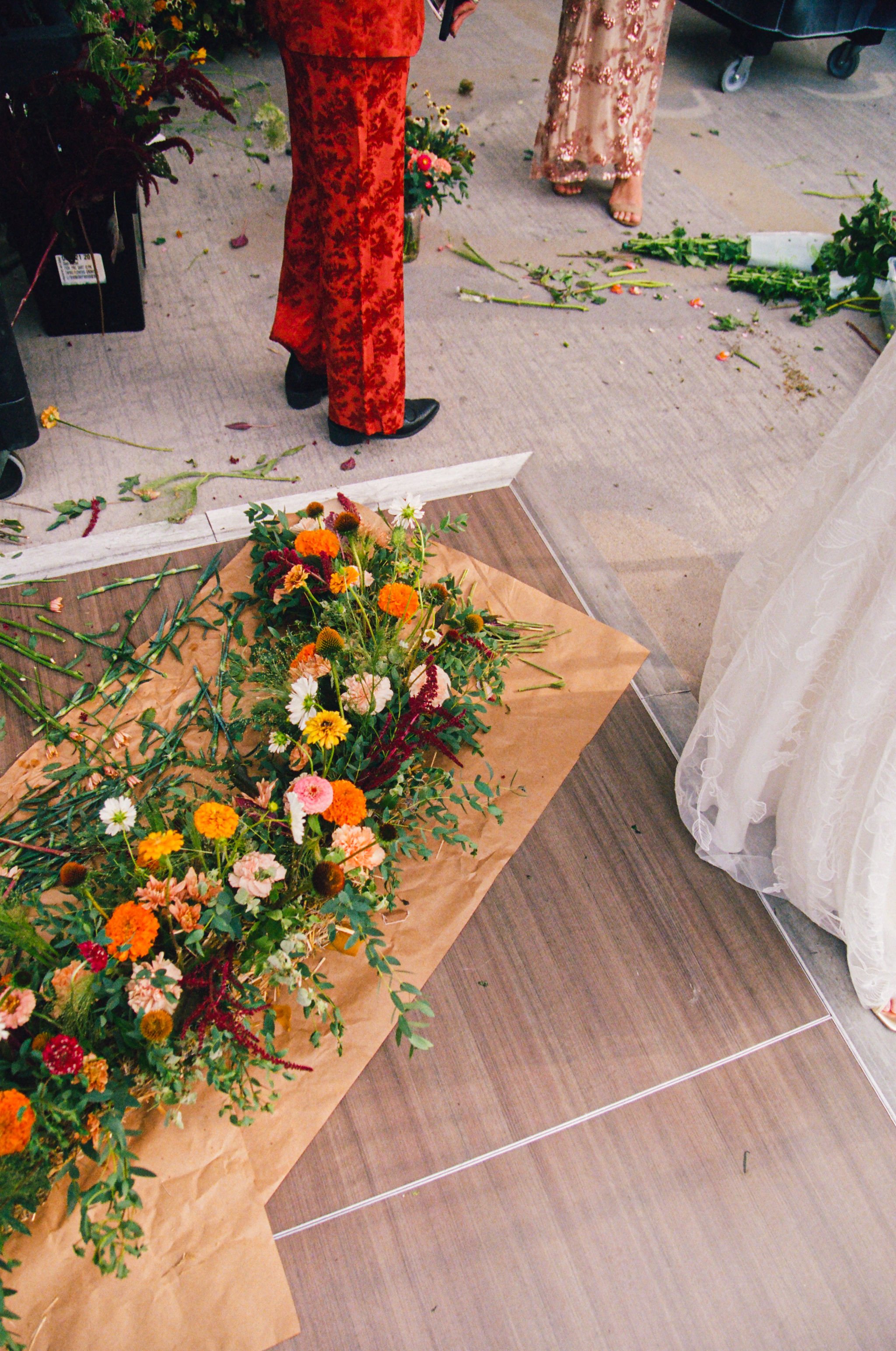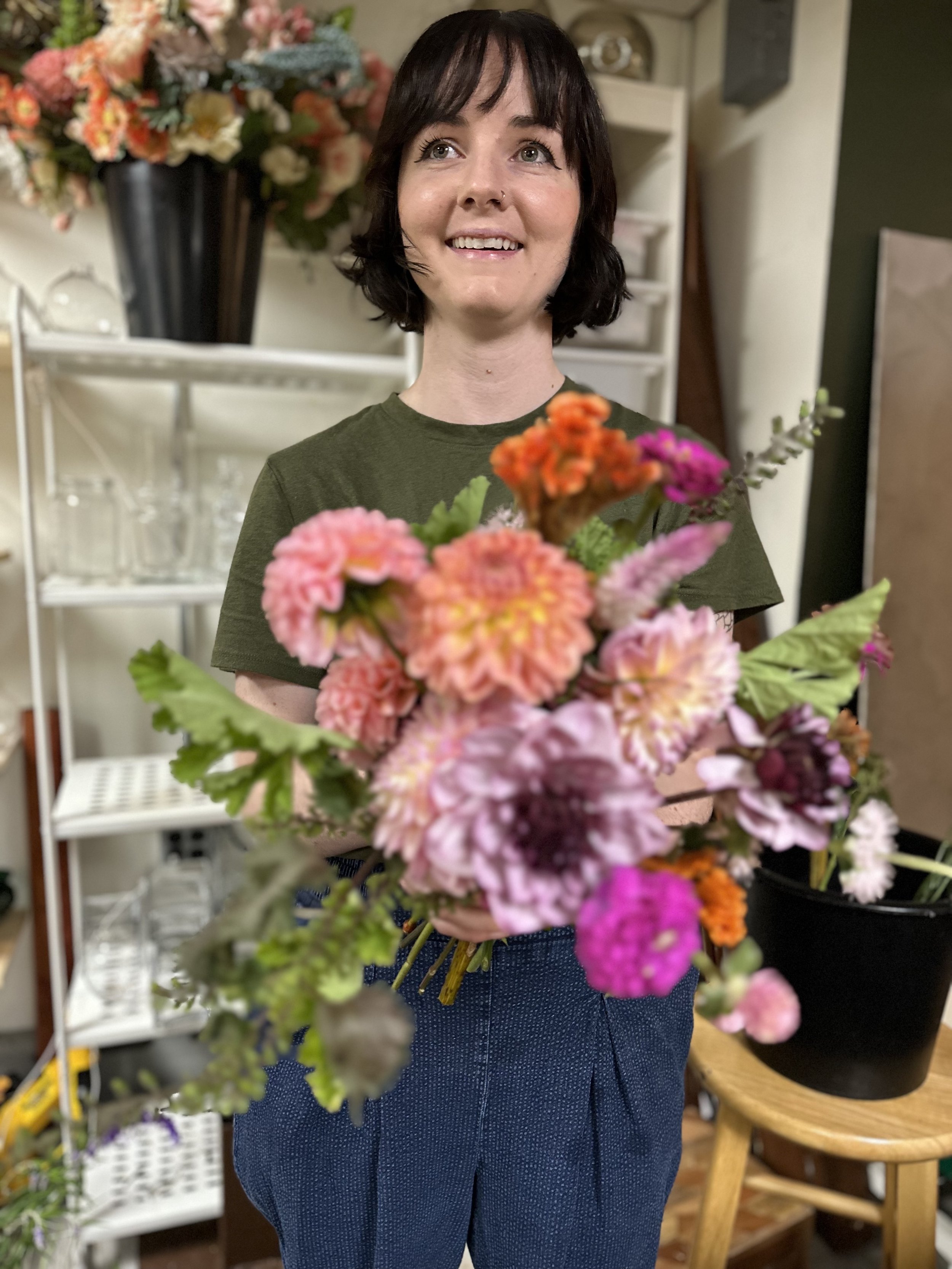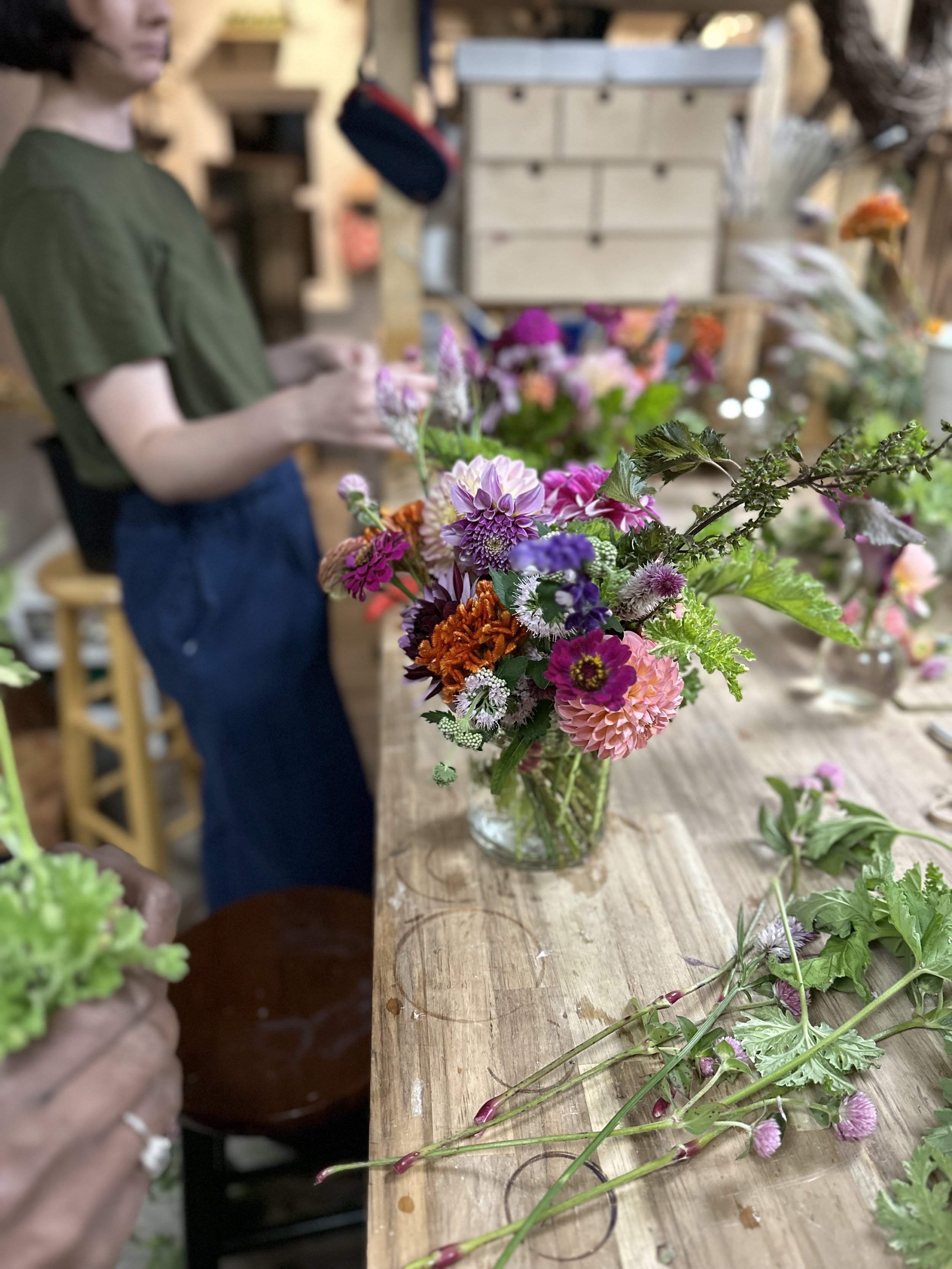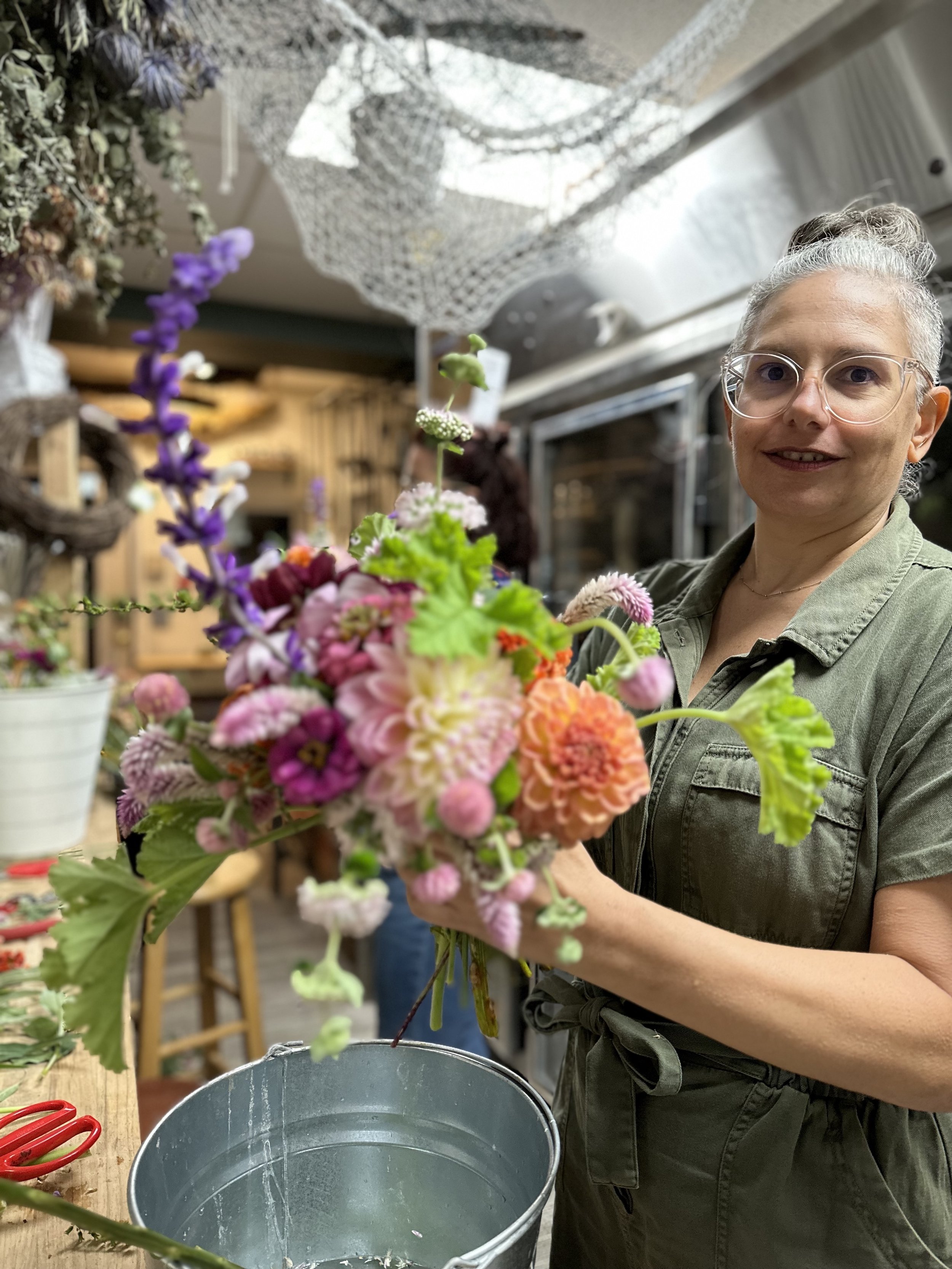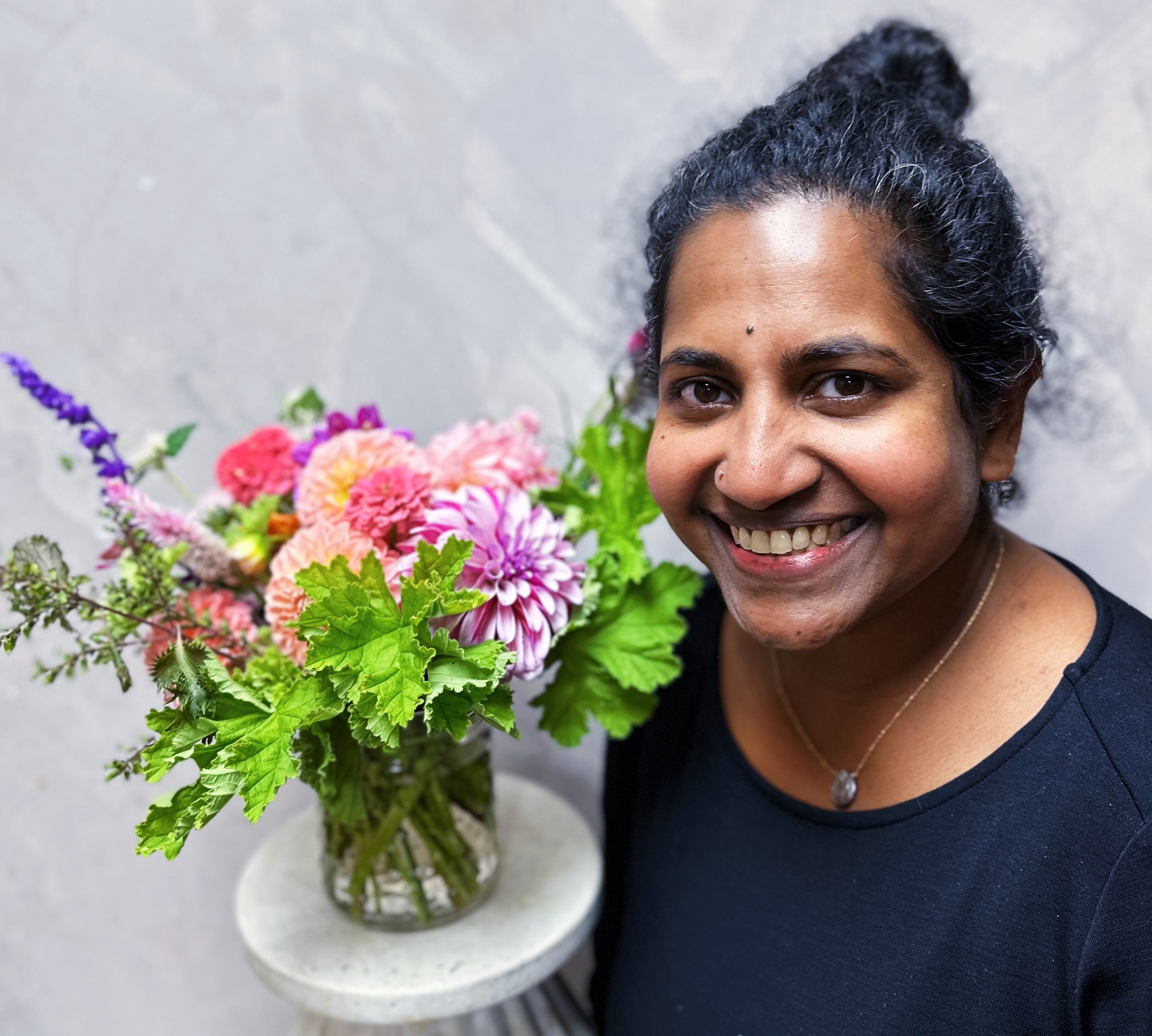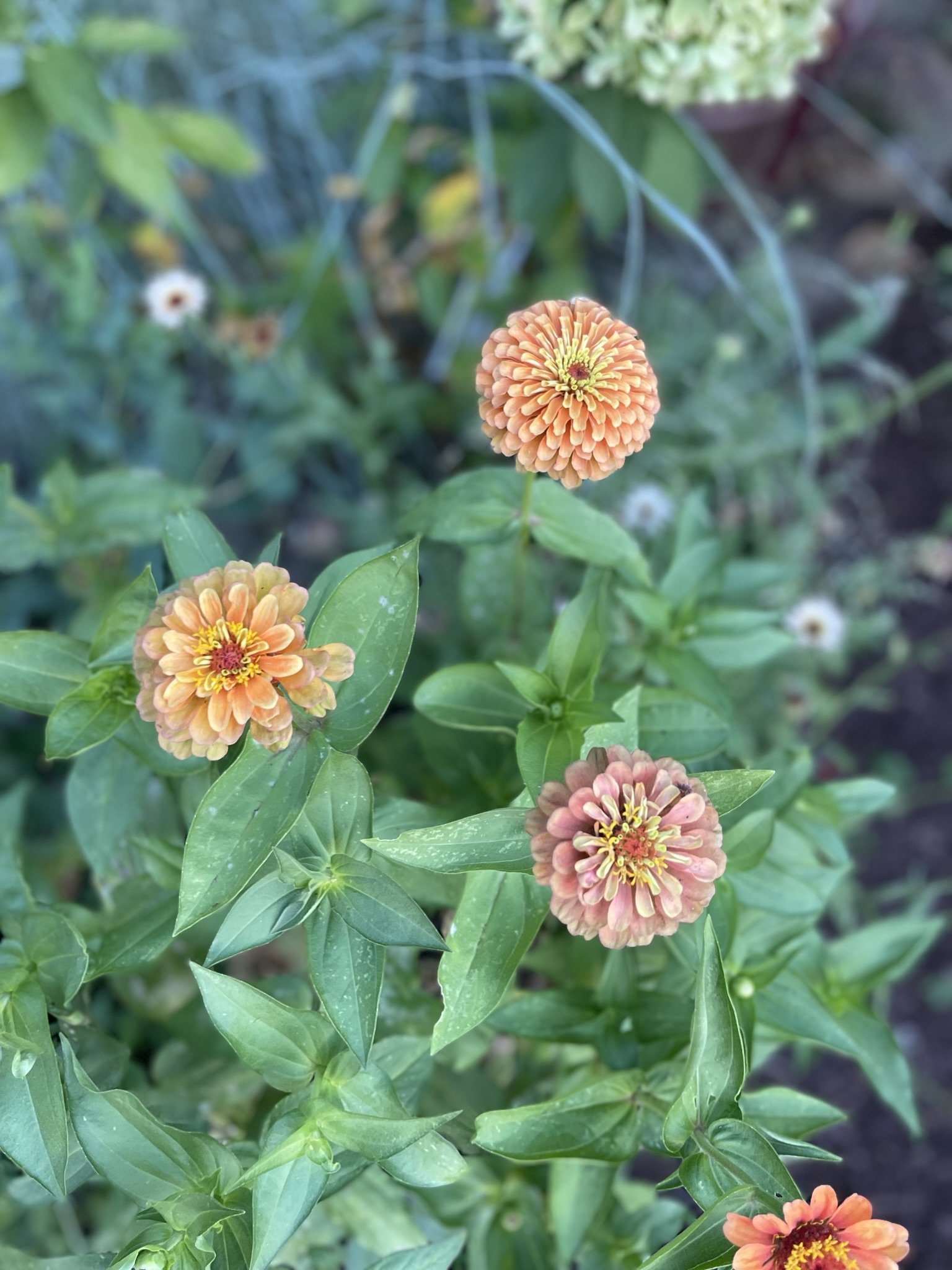“The lasting pleasures of contact with the natural world are not reserved for scientists but are available to anyone who will place himself under the influence of earth, sea, and sky and their amazing life.”
-Rachel Carson, The Sense of Wonder
The week of June 24th marked the inauguration of Flower Camp, an art and nature experience specifically intended for children. Starting each Day in Clark Park then travelling to the Flower Clvb studio, campers used their five senses to discover and create with the flora & fauna of their environment. Prior to working with blooms, I spent over ten years leading arts education programs so it was such a joy pairing my love for flowers with my enthusiasm for creative education.
My personal teaching philosophy is based in a method of child-led inquiry. Trying to speak as little as possible, I ask questions or give only simple direction supporting children to perform their own investigations towards discovery. The structure goes something like this: each day commences with a centering query based around the particular sense we are engaging. Putting their wonderings to movement, we then travel to a section of the park where children can explore. Finally, before embarking on an art project back at the studio, children enjoy a healthy snack and consider how even the food they consume awakens their senses.
Designing a curriculum that inspires children to love, care for and build with their surroundings is one of the best parts of Flower Camp. We begin our time together in an outdoor location away from play grounds and human-built constructions so that grass and gravel are the canvas, and pebbles and sticks are the tools of invention. While I am a big lover of innovative playgrounds —in particular, the work of the designers at Studio Ludo— it was important to me that Flower Camp take place in both indoor and outdoor classrooms.
Highlighted below are a few of the most beloved activities from throughout the week:
Day 1: Sight
While there was not much blooming in the park, the lily was on fire with allure. Its botanical anatomy on proud display made it the perfect flower for children to visually dissect and identify the stamens, stigma, petals and pollen found in its body. After spending some time drawing from observation, we broke up into groups and went on a scavenger hunt to find birds, bugs and bees with our beautifully designed Art Club Co. guide. If you have not seen the creative work of my dear friend and art teacher Emily Knighton, check out her wide array of nature scavenger hunts and offerings. Finally, what would a first day of Flower Camp be without a floral arrangement? The children learned to make spiral bouquets using local and seasonal blooms grown by the farmers at Philadelphia Floral Guild.
*Key Design Elements: Color and Shape
To do at home: Ask your kids to notice spirals they see throughout nature. Look for snails, tree formations, water indentions or grab a football. Even the perfect football throw involves a spiral. How does the shape, material of the ball and the way it leaves your hand impact its journey from your hands to your friends?
Day 2: Hearing
PATTERN, rhythm, RePeTiTion.
PATTERN, rhythm, RePeTiTion.
PATTERN, rhythm, RePeTiTion.
Like the spiral, patterns, rhythms and repetition are found throughout nature just as in the music we enjoy. The various styles of dance indicate that different pulses of sound, prompt rough or smooth movements. Campers listened to both Vilvaldi and The Beastie Boys to better connect how pattern impacts our emotions. Learning about the West African and South American gourd instruments made with vegetable and seed, children were sent out to find small objects such as pebbles and tiny acorns to place in their own natural sound apparatuses. Back at the studio, they painted their instruments using sequential ornamentation inspired by stripes and color progressions. Of course, the snack was full of crunchy celery doused in sun butter and raisins for a good old fashioned Ants on a Log treat.
*Key Design Elements: Line, texture
To do at home: Listen to music with your children that has been particularly meaningful to you in your life. Like trying a new vegetable, stretch their listening palette with music from a wide range of styles. Ask them how the music makes them feel and try to parse out the different sounds that make them feel peaceful, wild, floating etc…
Day 3: Touch
We started the day passing around a tapestry made from yarn, bark and string by the artisans at HighPeakCrafting. Texture is a key element we focused on as we discussed how touching objects whether a smooth petal or our own faces (such as in the calming practice of face tapping) can help soothe worked-up emotions. Our hands can build mighty things both big and small. With bases used to build large floral installations, children gathered leafy branches and gigantic sticks to create outdoor fortresses. In contrast, back at the studio, students made tiny Ikebana arrangements aka fairy gardens where they played with blank space and texture to elicit tooth fairies a sanctuary to come and rest.
*Key Design Elements: Size, space and texture
To Do at Home: Whether you have a yard or like to travel to a nearby park, spend time with your children gathering sticks, leaves, rocks and pebbles. Find a vertical center to begin building a structure using the found materials. The more you add, the sturdier your structure will become especially if you follow the spiral method. Tip: Imagine a spiral bouquet turned upside down.
Day 4: Smell
Travelling to various plants around Clark Park, we paused at bushes, trees and flowers to give each one a sniff. Some were fragrant, others did not have much scent at all. While “smell” is likely not considered the most favored among senses, it is considered by some to serve as humanity’s strongest. This is due in part, for its incredible mechanism for triggering memories and emotions. There are odors that disgust us and fragrances that delight us. A key component of floral design is arranging various aromas together that uplift the spirit. Often I will use seasonal herbs in my wedding bouquets.
Oregeno, sage, lavender, mint and rosemary are just some of the fragrant herbs children used to create herbal centerpieces. Just outside the studio, campers planted these aromatic sprouts in both their own pots and the Flower Clvb community garden. During snack time, students enjoyed apples paired with cinnamon infused yoghurt, in order to drive home the ways that smell excites us to eat and share food with one another. Shout out to to the farmers at Philadelphia Floral Guild for growing such fragrant herbs.
*Key Design Elements: Texture, scent (some do not consider this an element)
To Do at Home: First thing in the morning, go outside with your child, sit on the porch and close your eyes. Identify what you smell. Ask them if that smell reminds them of anything. Is it a good smell or bad smell? Take a minute to ask your child how the scent makes you feel. Open your eyes then observe, what you hear, touch and see. Then go inside and make an herbal tea such as Dandelion tea for breakfast, take in the aroma.
Day 5: Taste
Taste day is also Bee day since these buzzing insects are the reason we are able to enjoy our sense of taste. As we discussed how pollinators use flowers to collect pollen and make honey, children were given honey sticks to amplify the sweet experience of the day’s sense. Animating ourselves as these tiny creatures, we buzzed our way over to a native flower patch where campers landed and began observing and drawing rudbeckia, echinacea and other pollinator friendly plants. When we landed back at the studio, each child received a recipe and decorated their own blueberry cupcake with edible flowers. Below is the muffin/ cupcake recipe:
Note: This recipe makes a big batch. I like to make them to share or freeze some for later.
To Do at Home: Pollinators love native plants. Take a walk around your neighborhood and see if you and your child can find plants that are hosting bees and butterflies. If you are able, identify these plants, learn the native plants in your area. My favorite app for plant identification is called “Picture This.” You can also look up native plants in your area through the National Wildlife Federation website. Here is a list of various native plant nurseries if you would like to add pollinators to your yard.
Last but Not least, the students memorized a poem by William Woldsworth. During snack time, Anne (a beloved local elementary school teacher) led the group in poem memoization. This year’s campers learned the first few stanzas of William Woldsworth’s Daffodils.
Listed below are the lines of the poem we learned so you can continue saying it with your child.
Daffodils
By William Woldsworth
I wandered lonely as a cloud
That floats on high o'er vales and hills,
When all at once I saw a crowd—
A host, of golden daffodils;
Beside the lake, beneath the trees,
Fluttering and dancing in the breeze.
Continuous as the stars that shine
And twinkle on the milky way,
They stretched in never-ending line
Along the margin of a bay:
Ten thousand saw I at a glance,
Tossing their heads in sprightly dance.

















